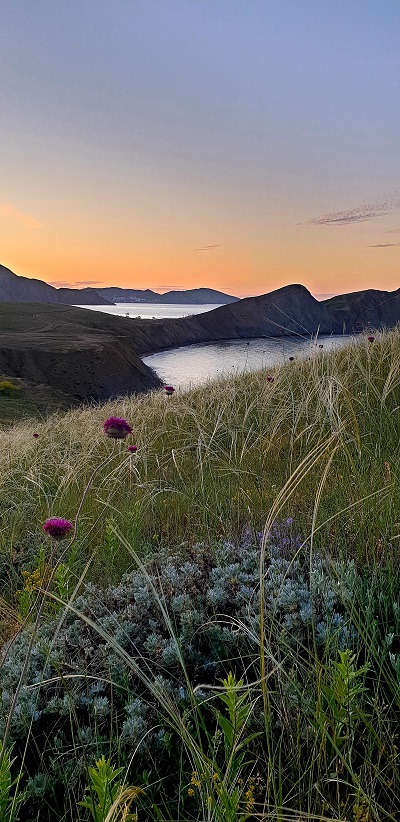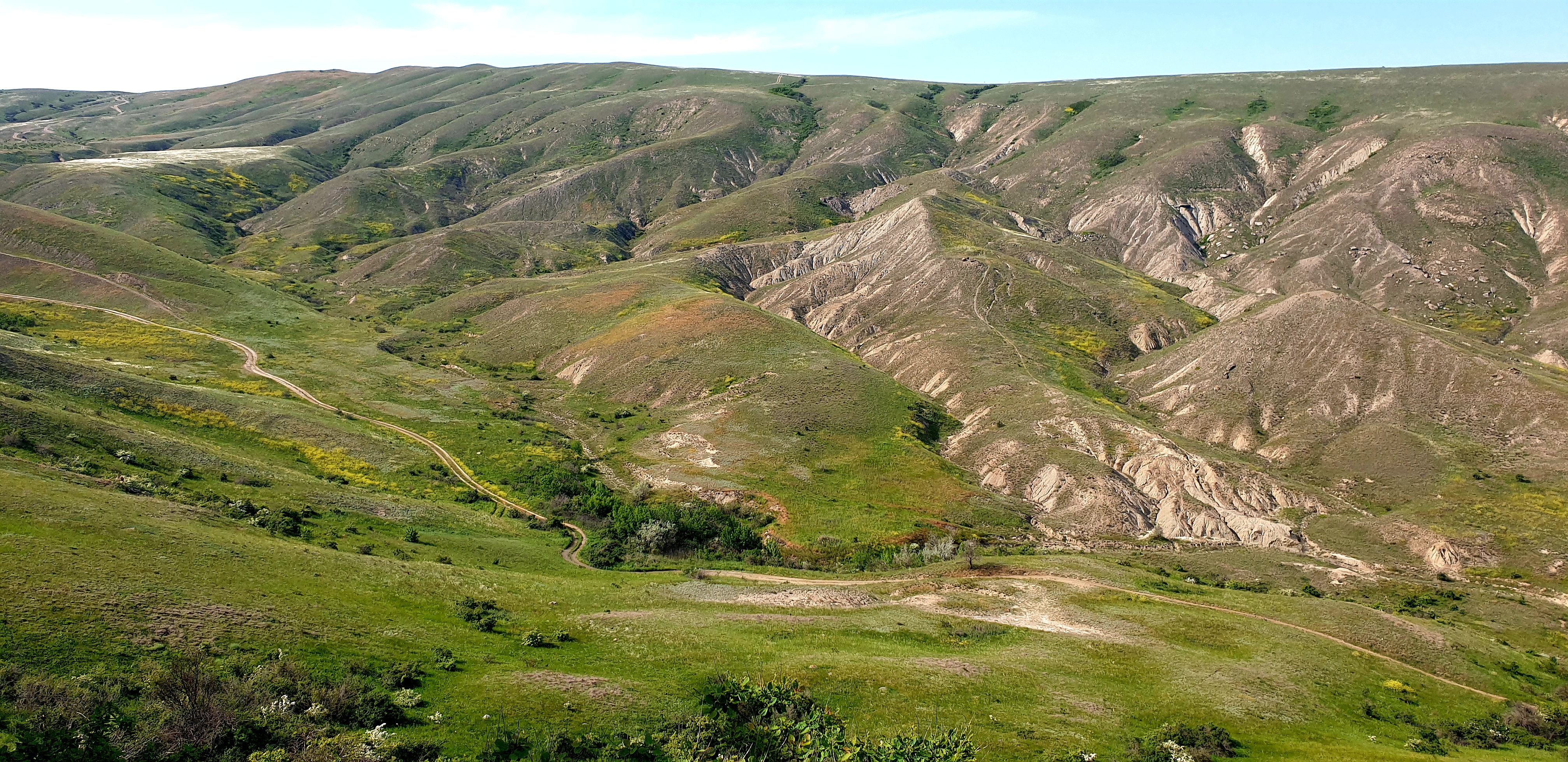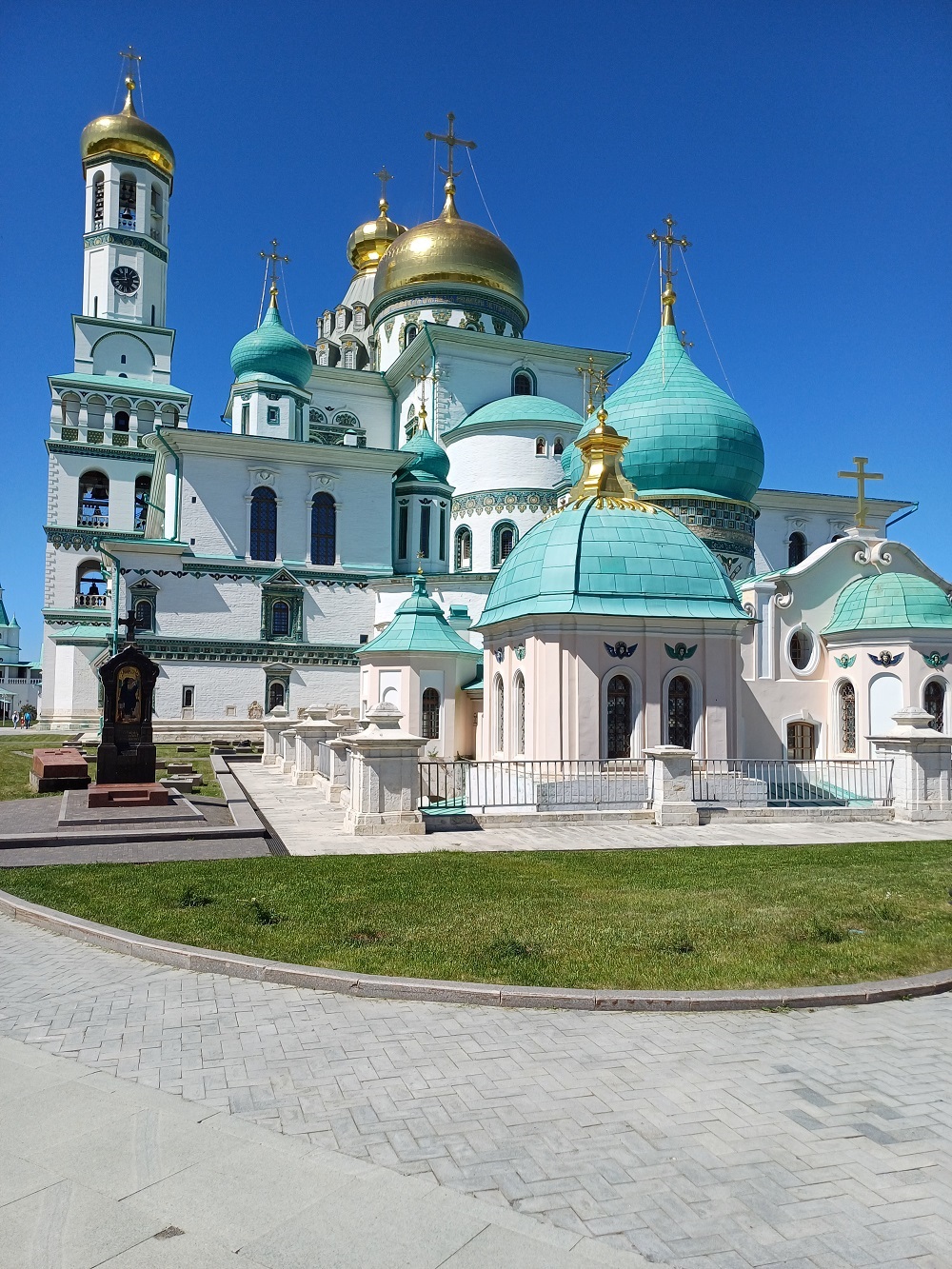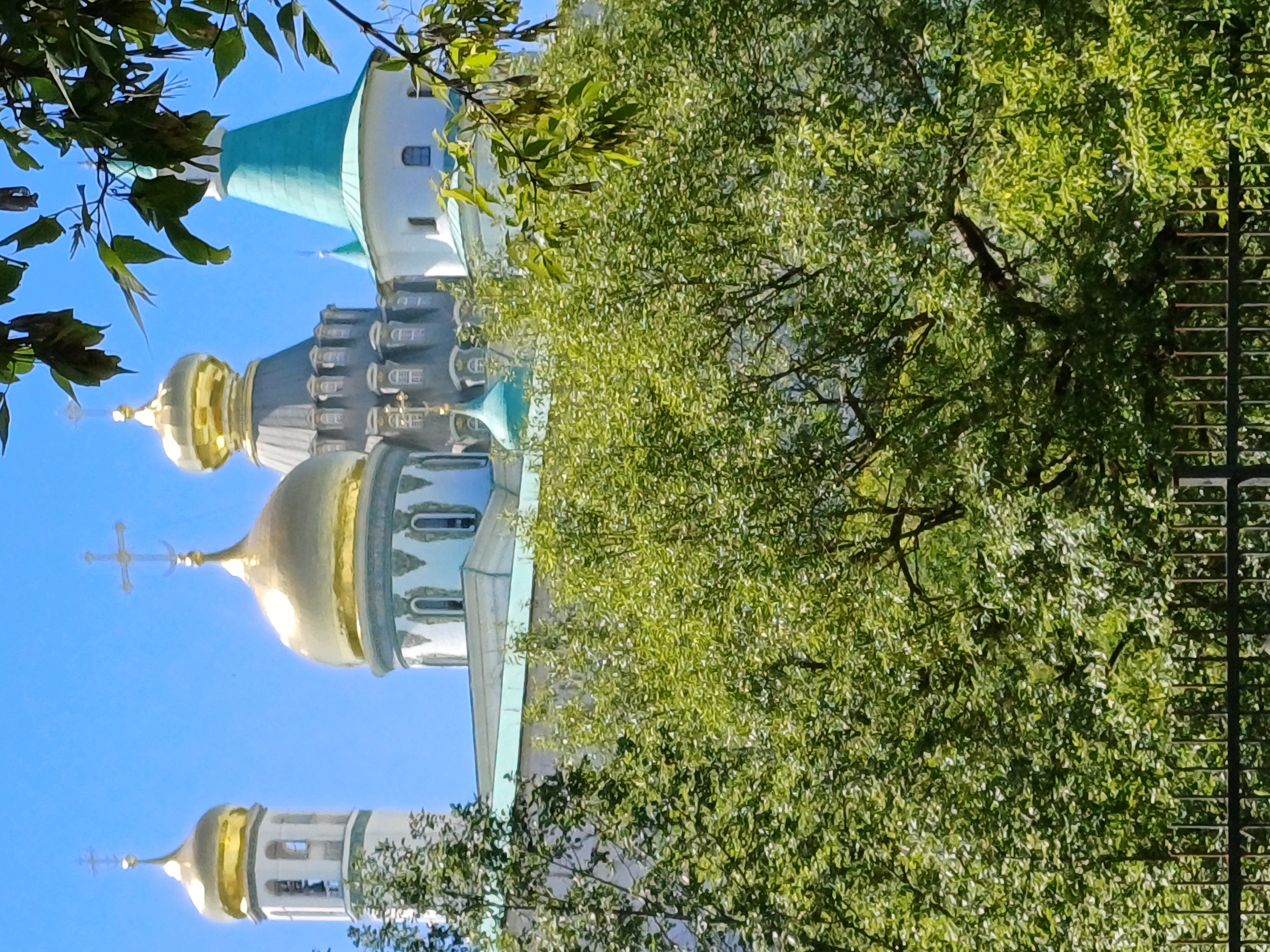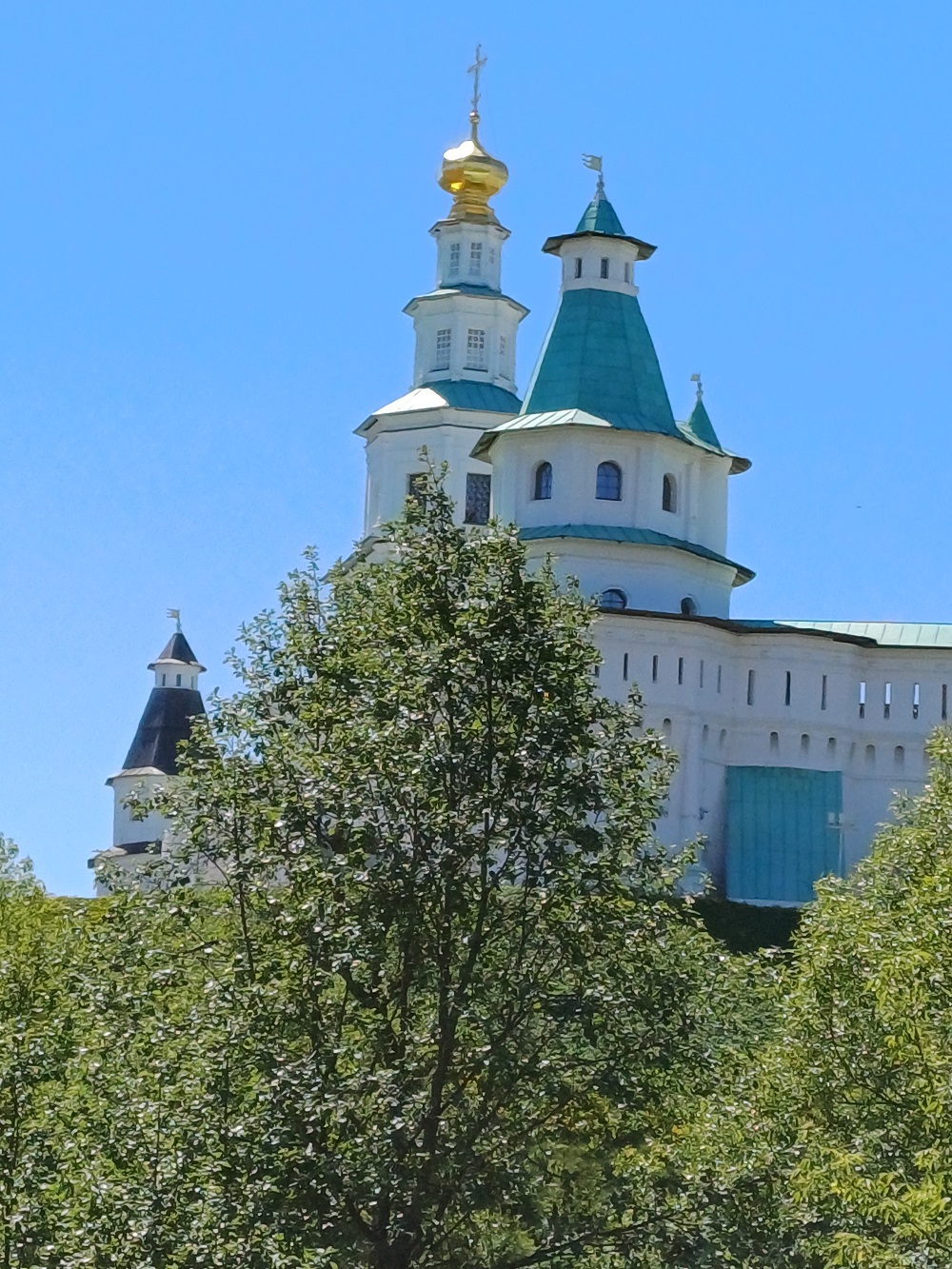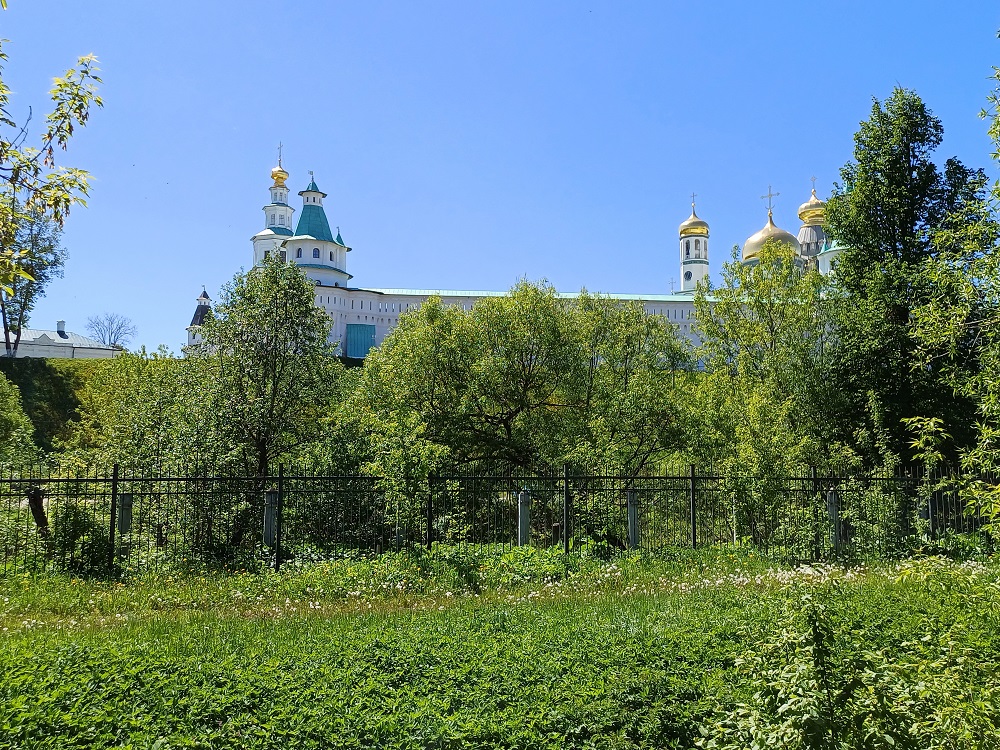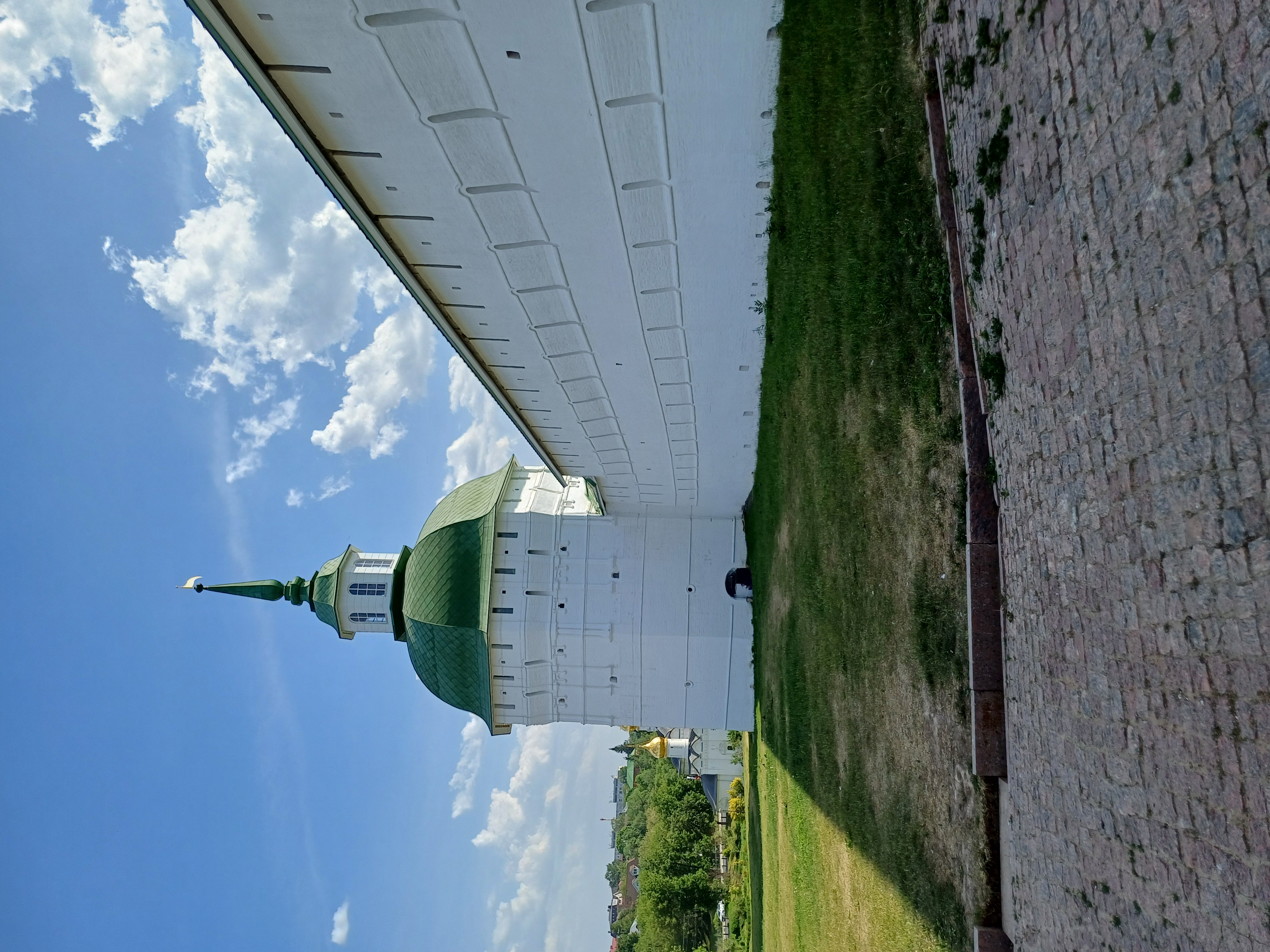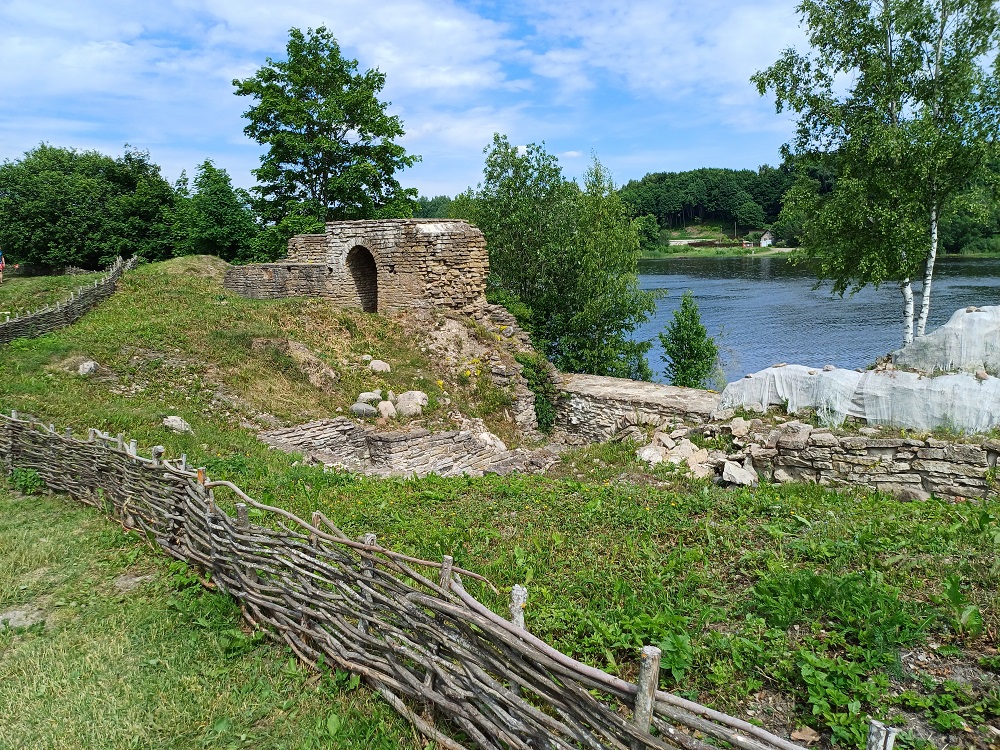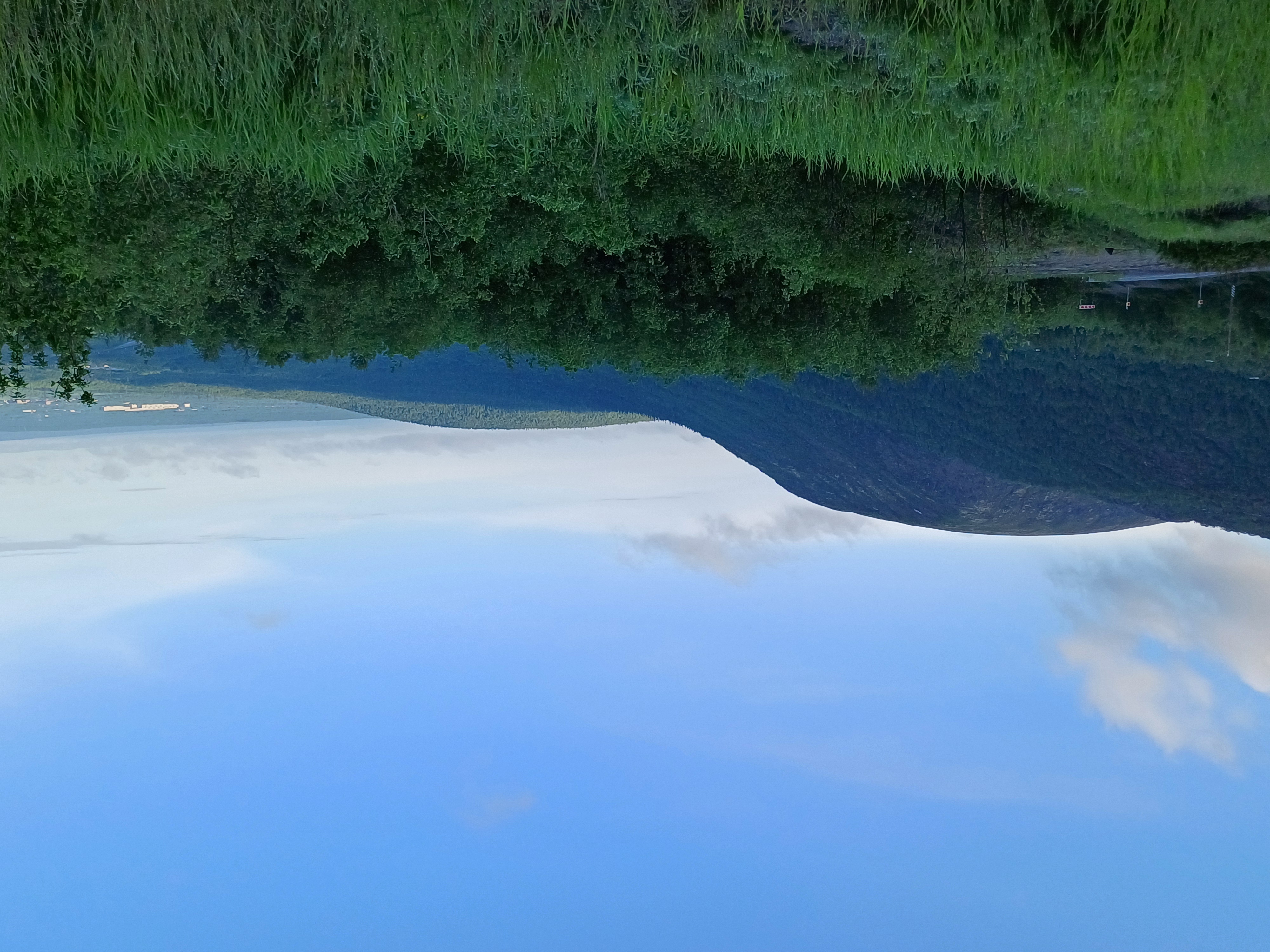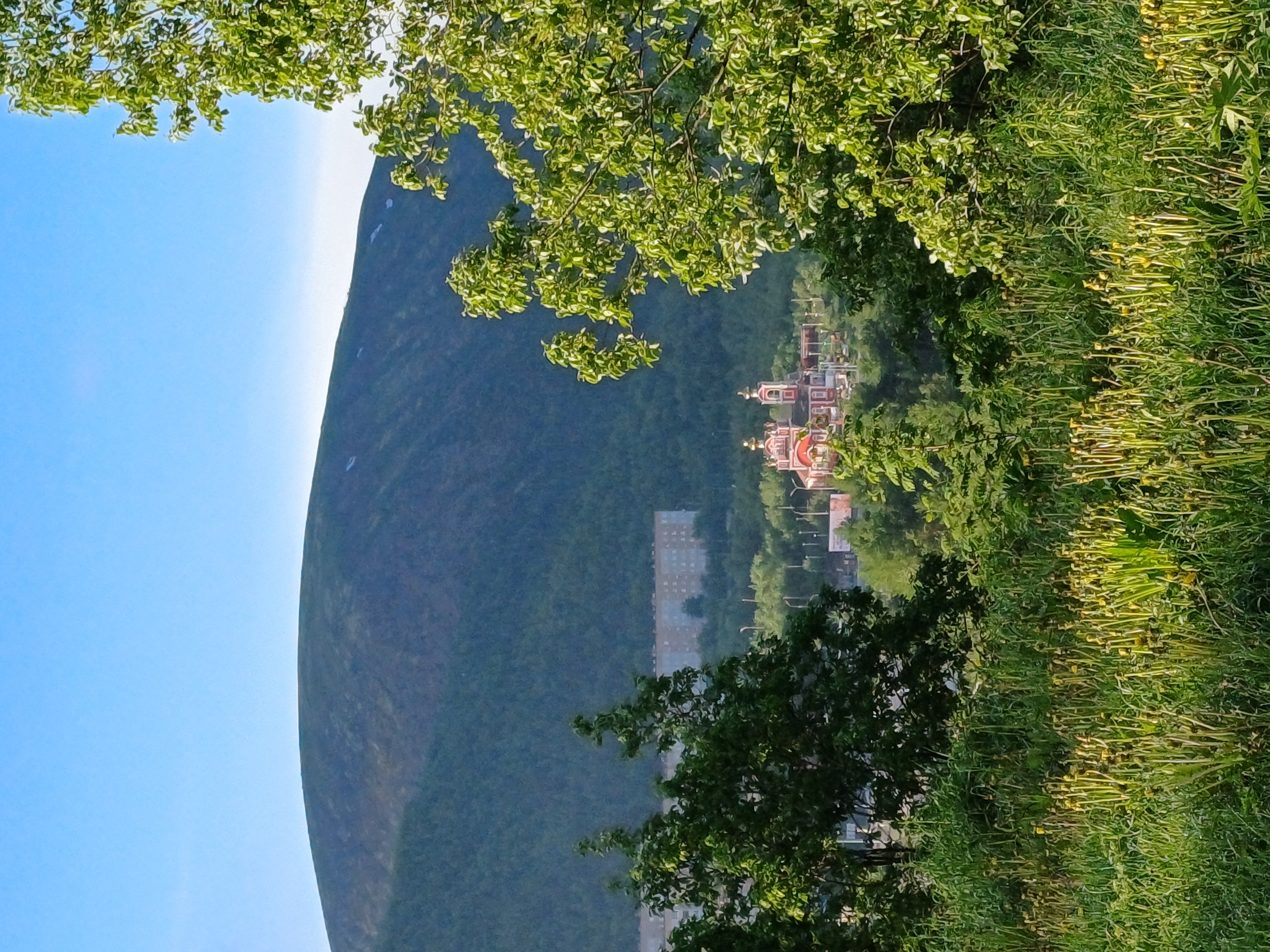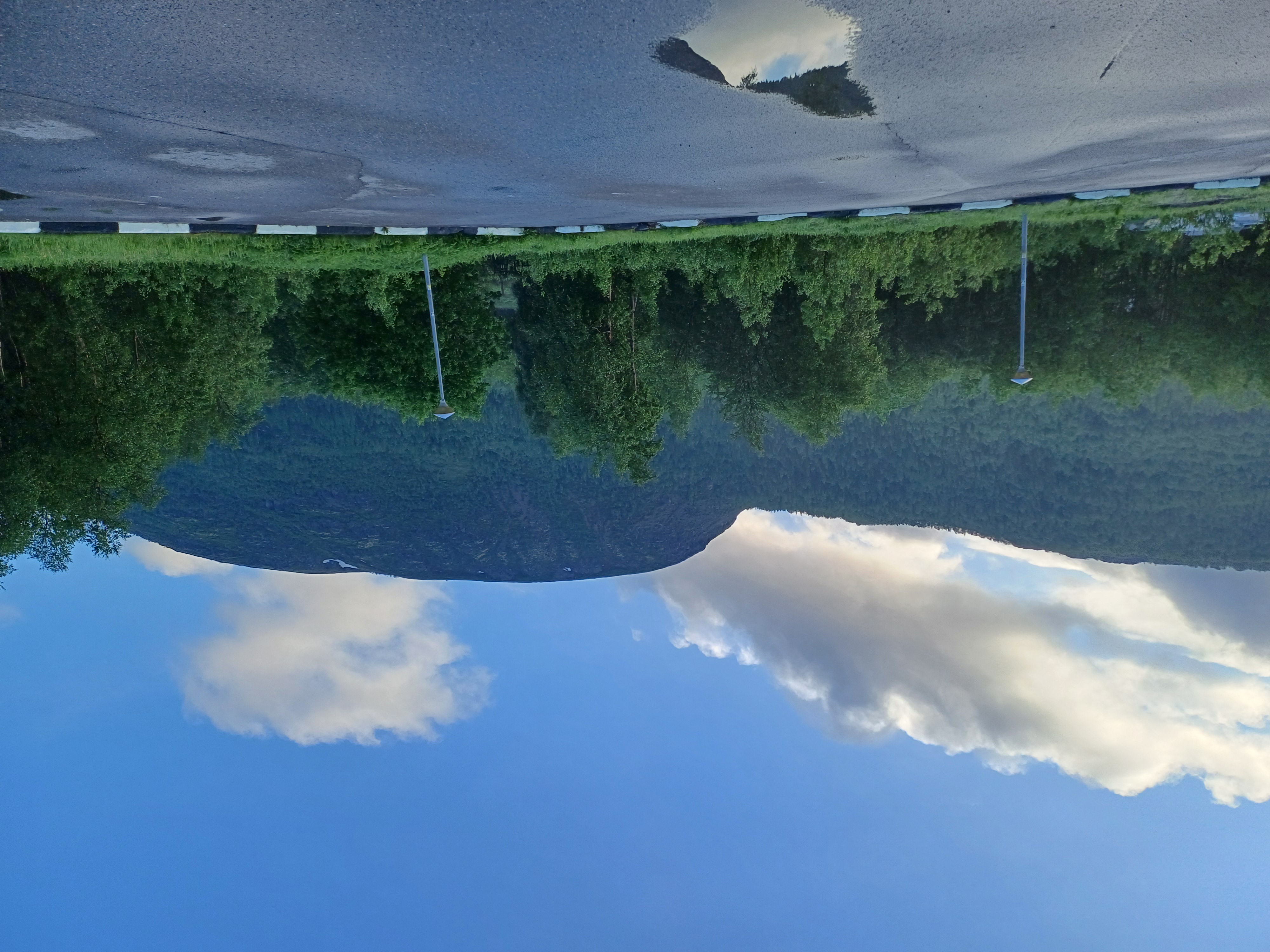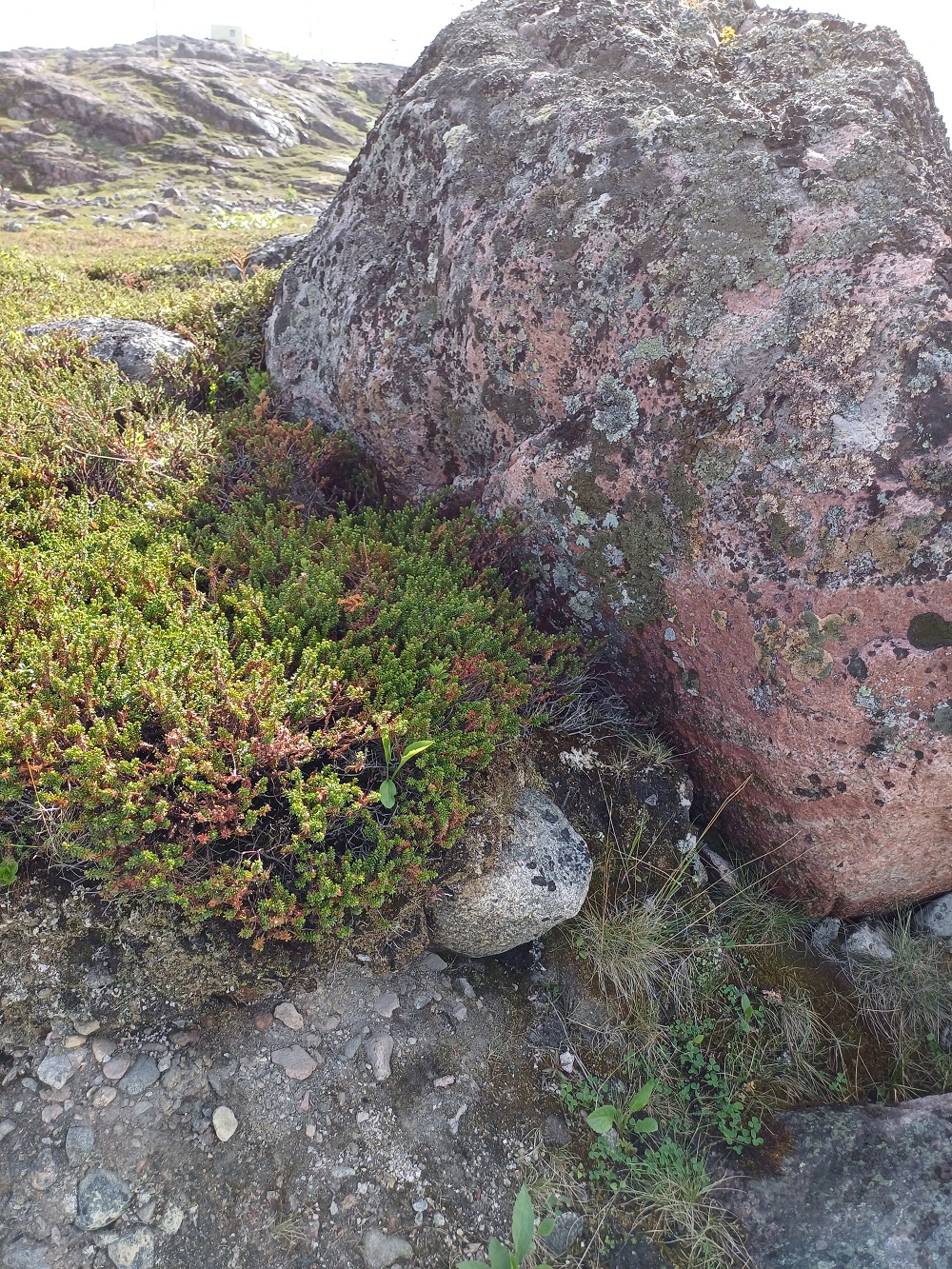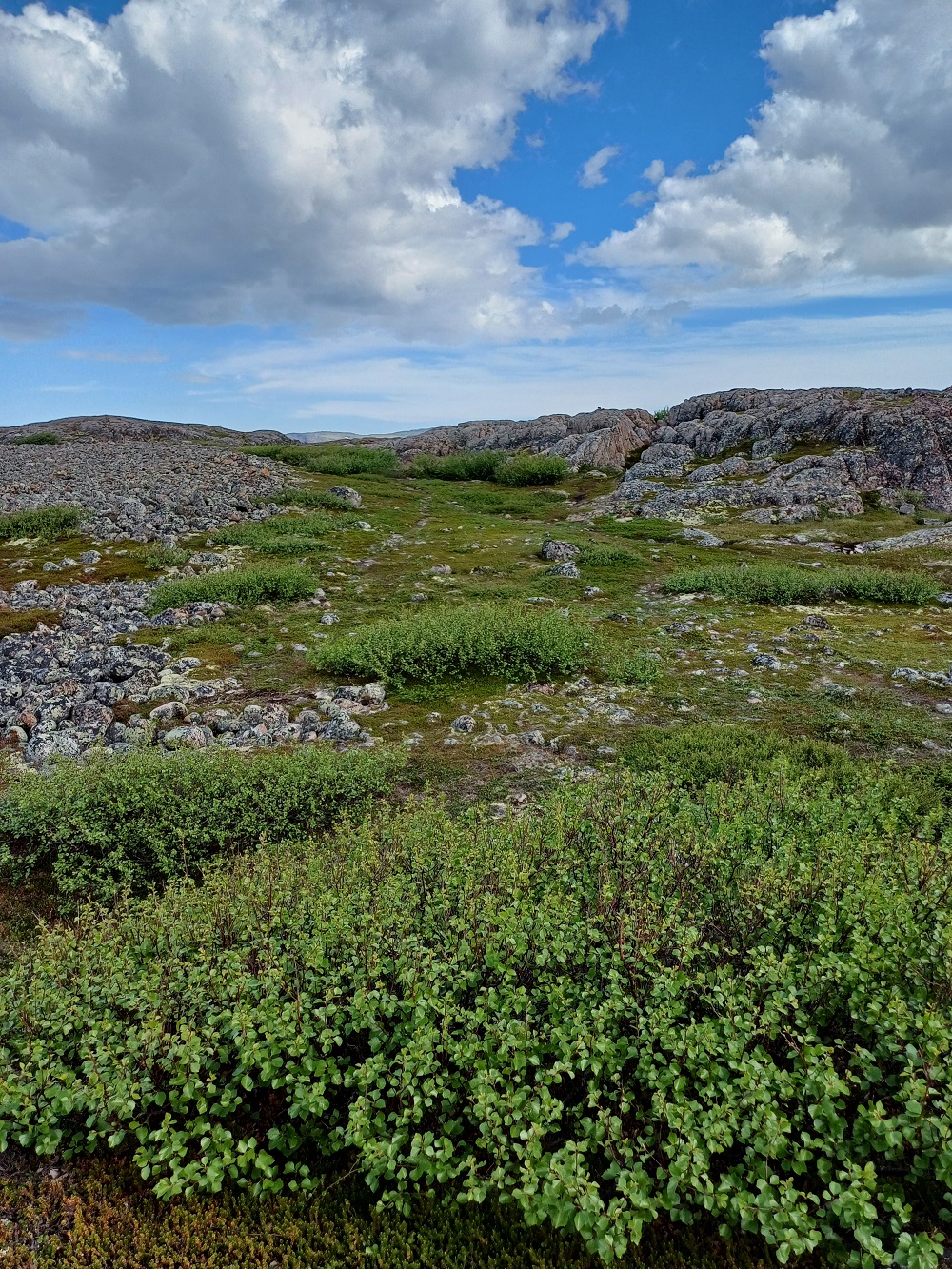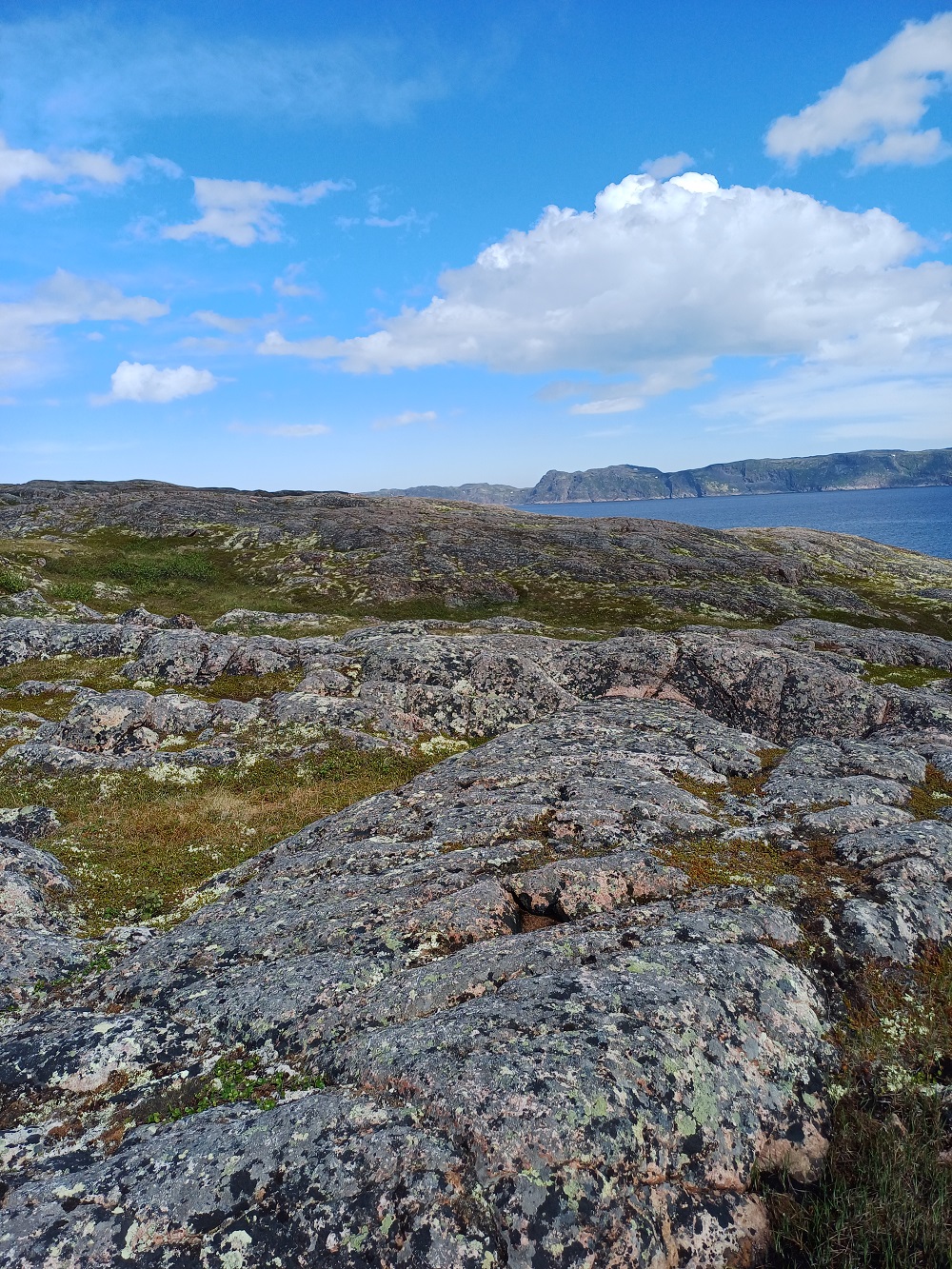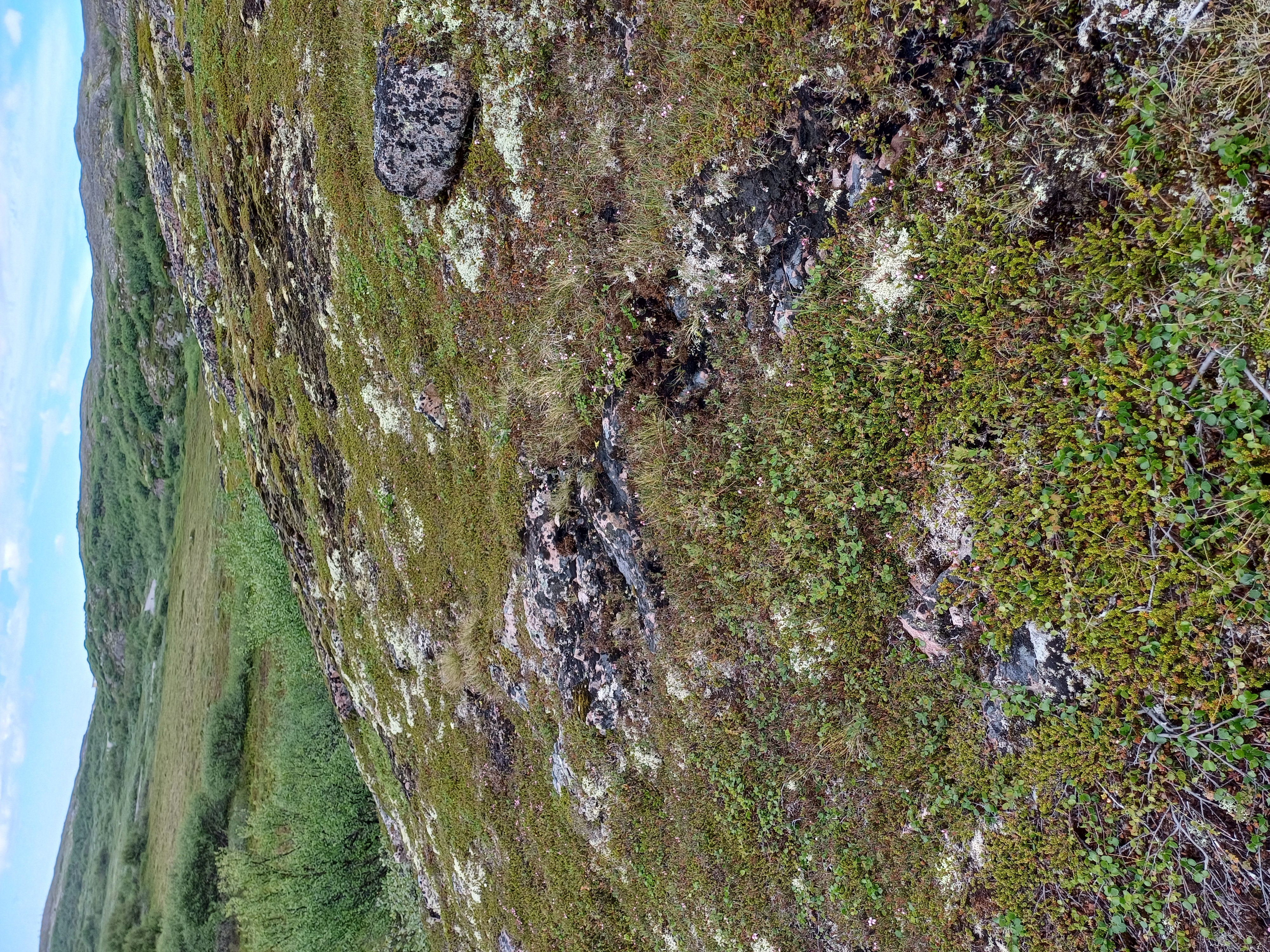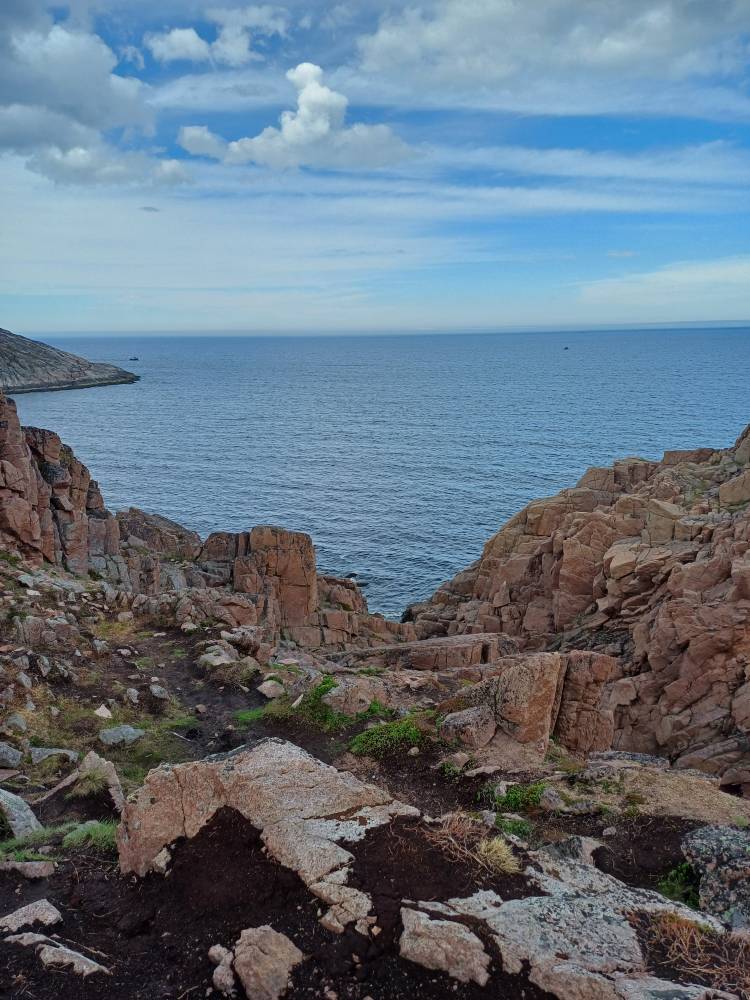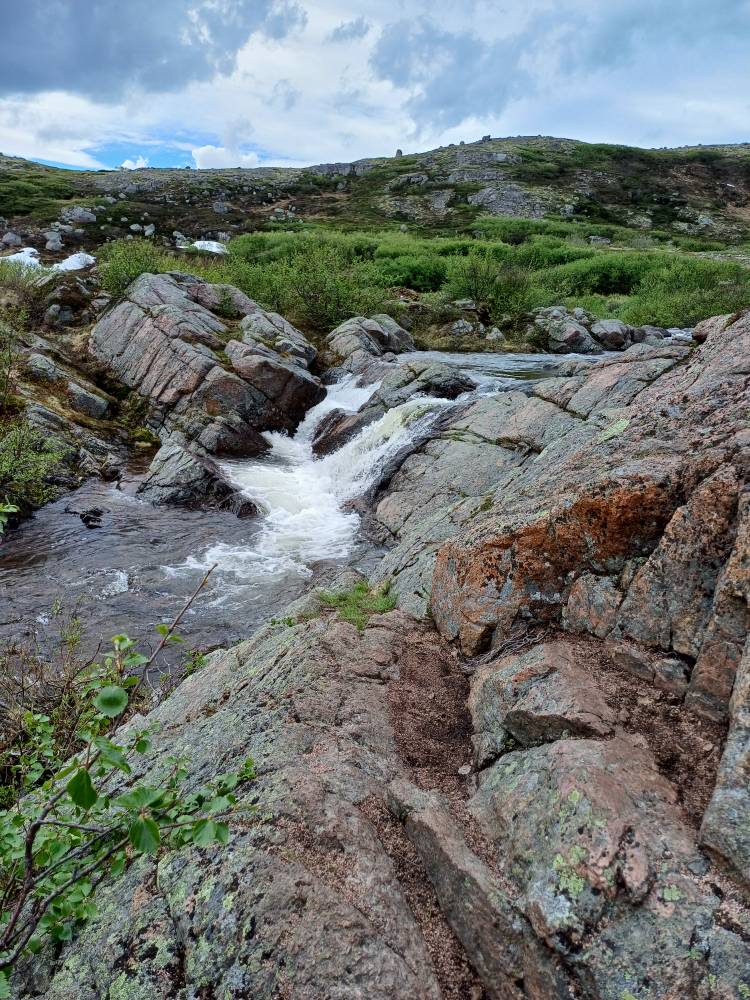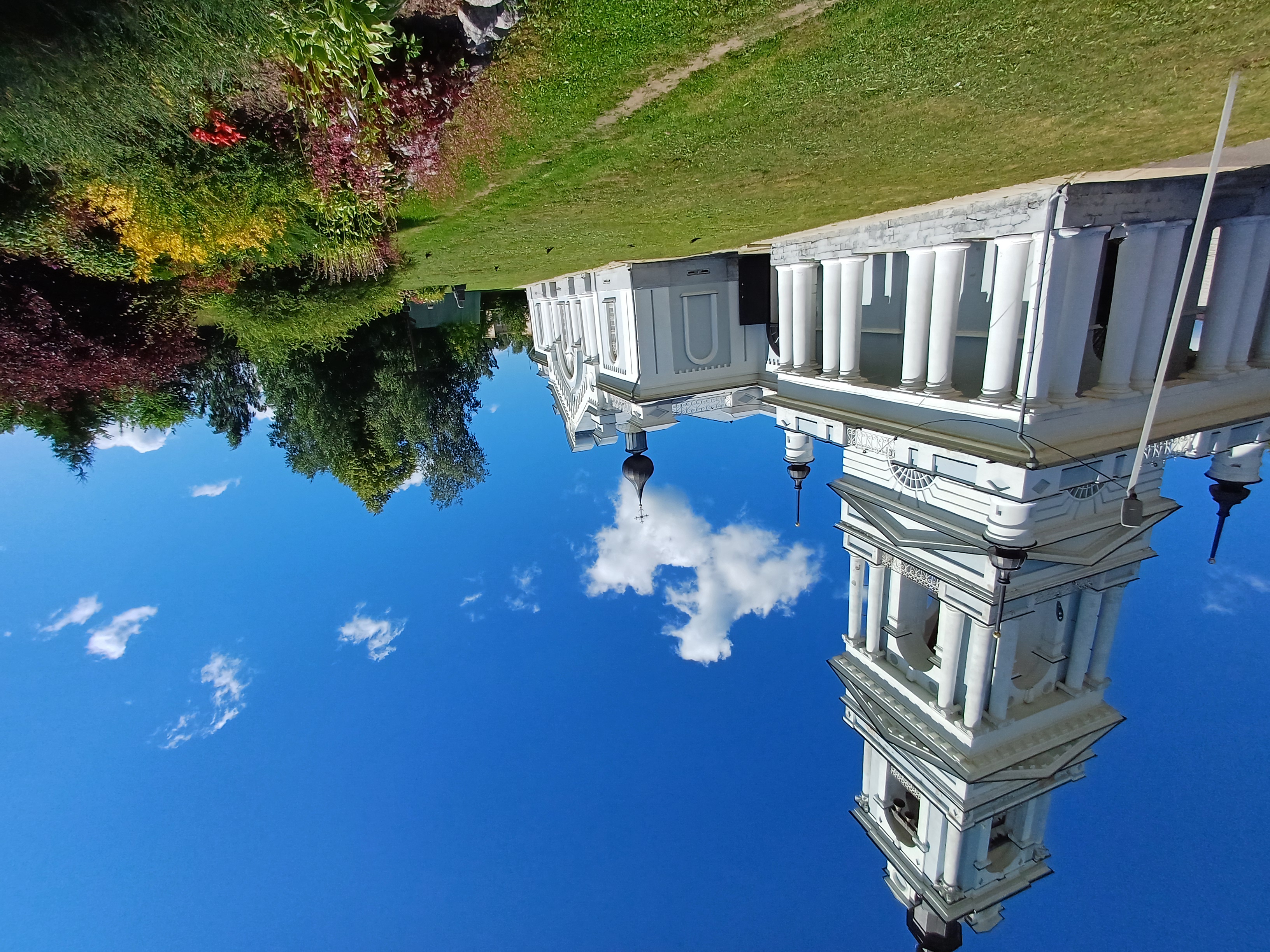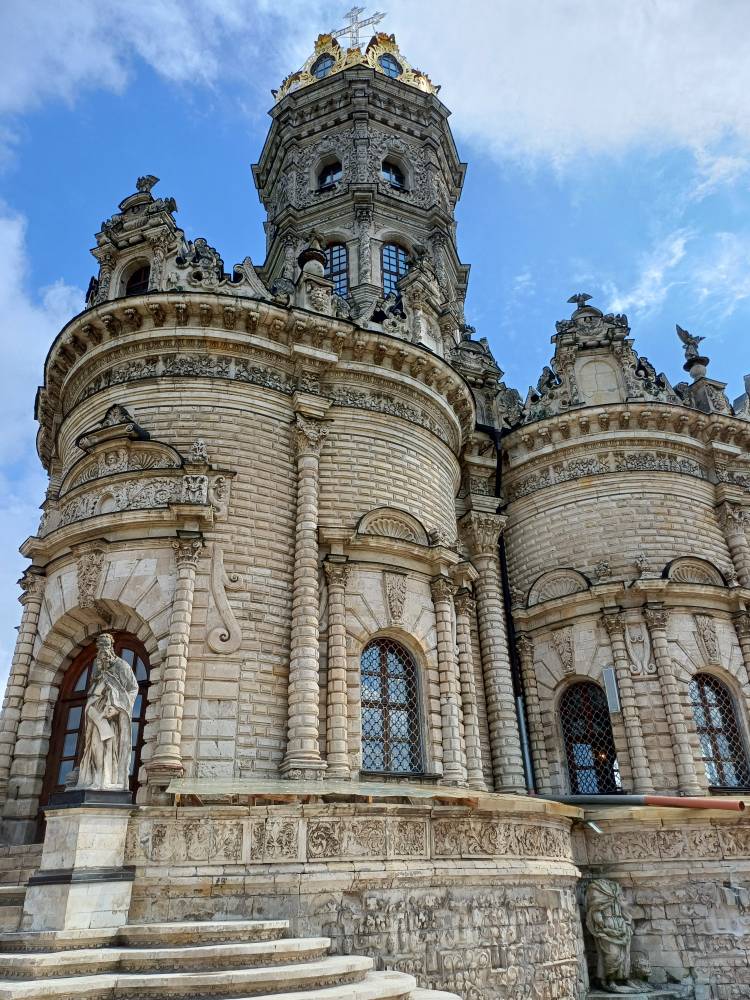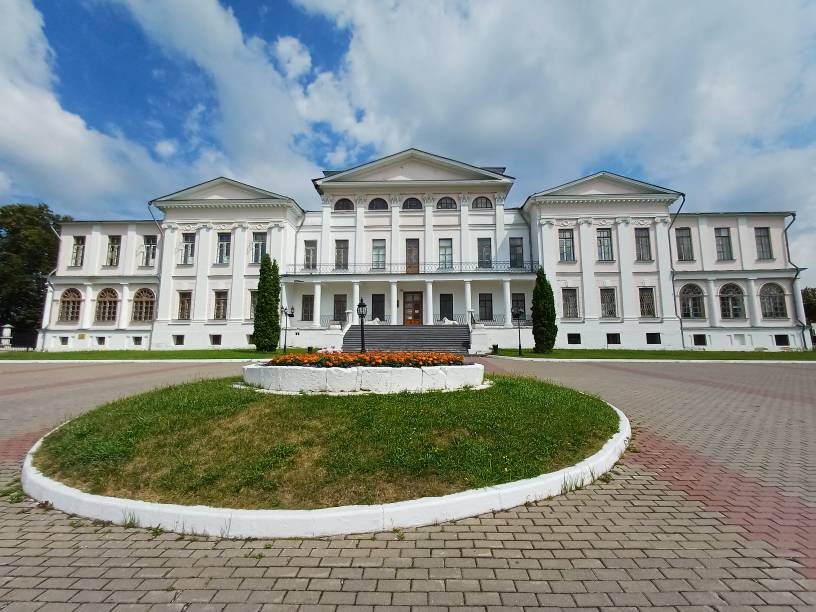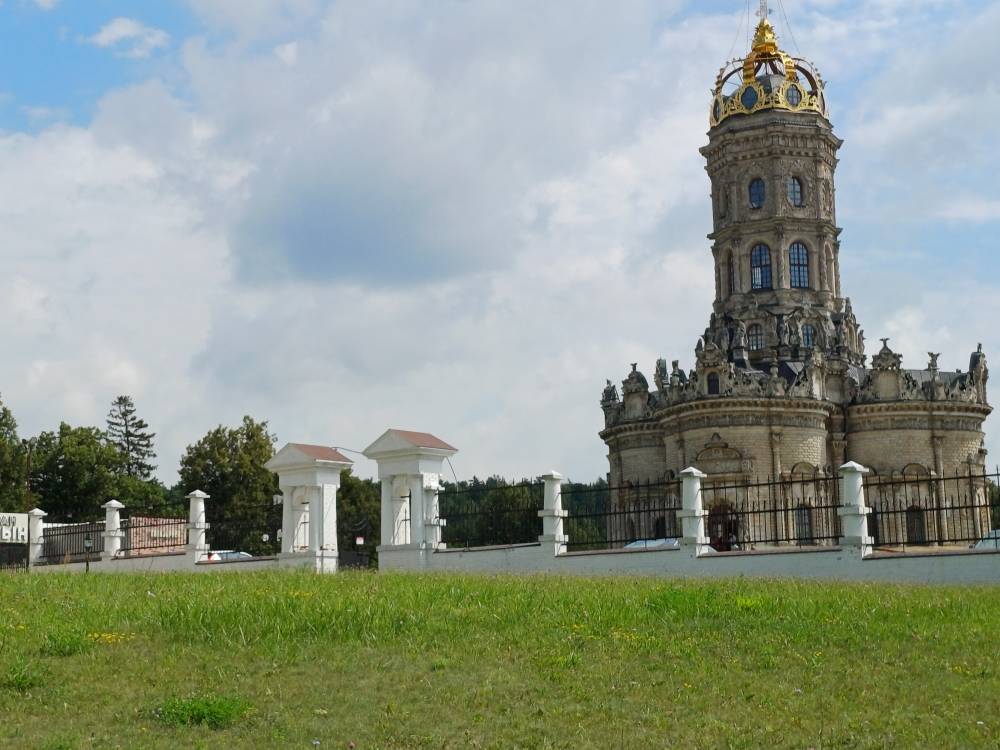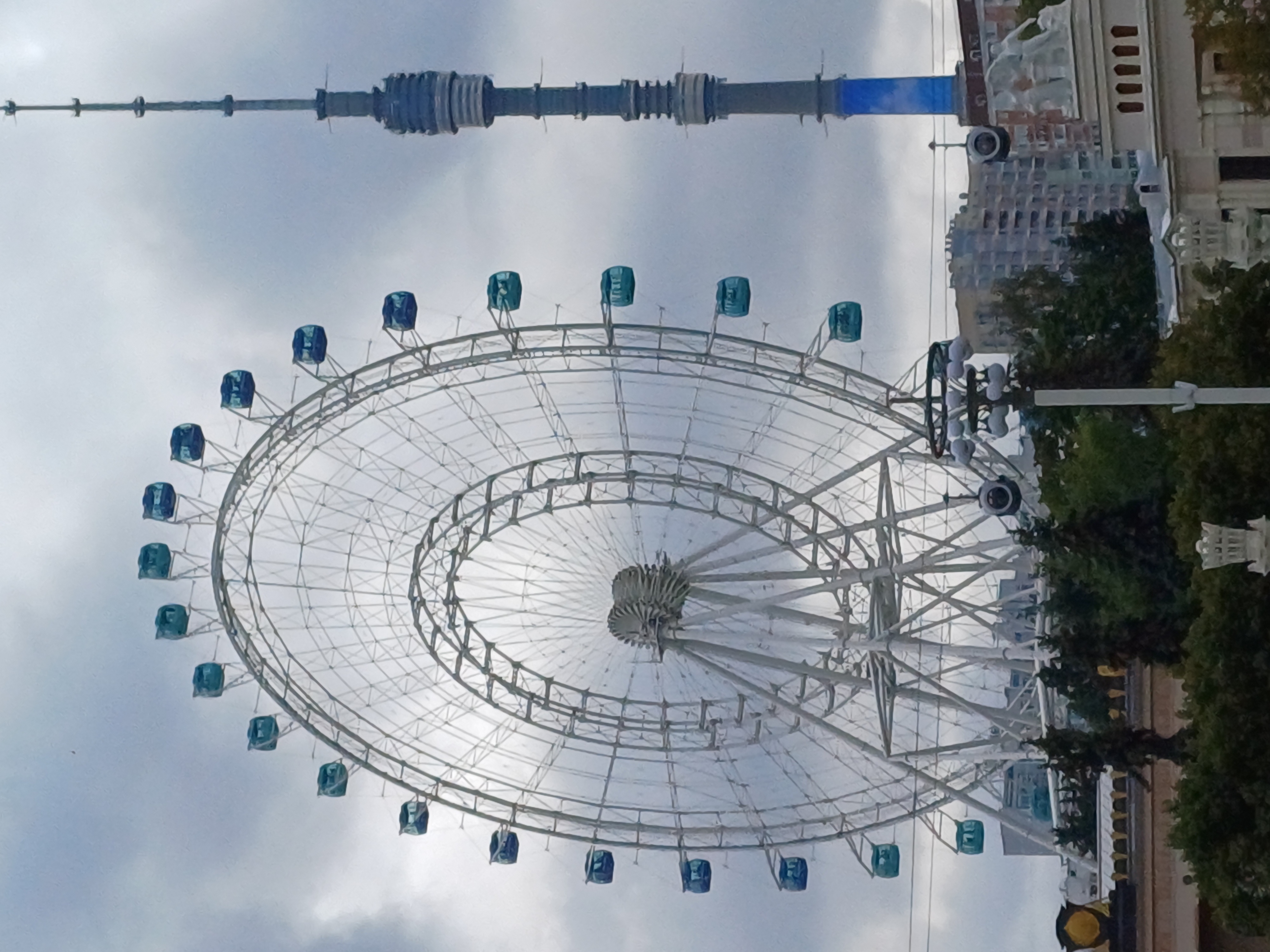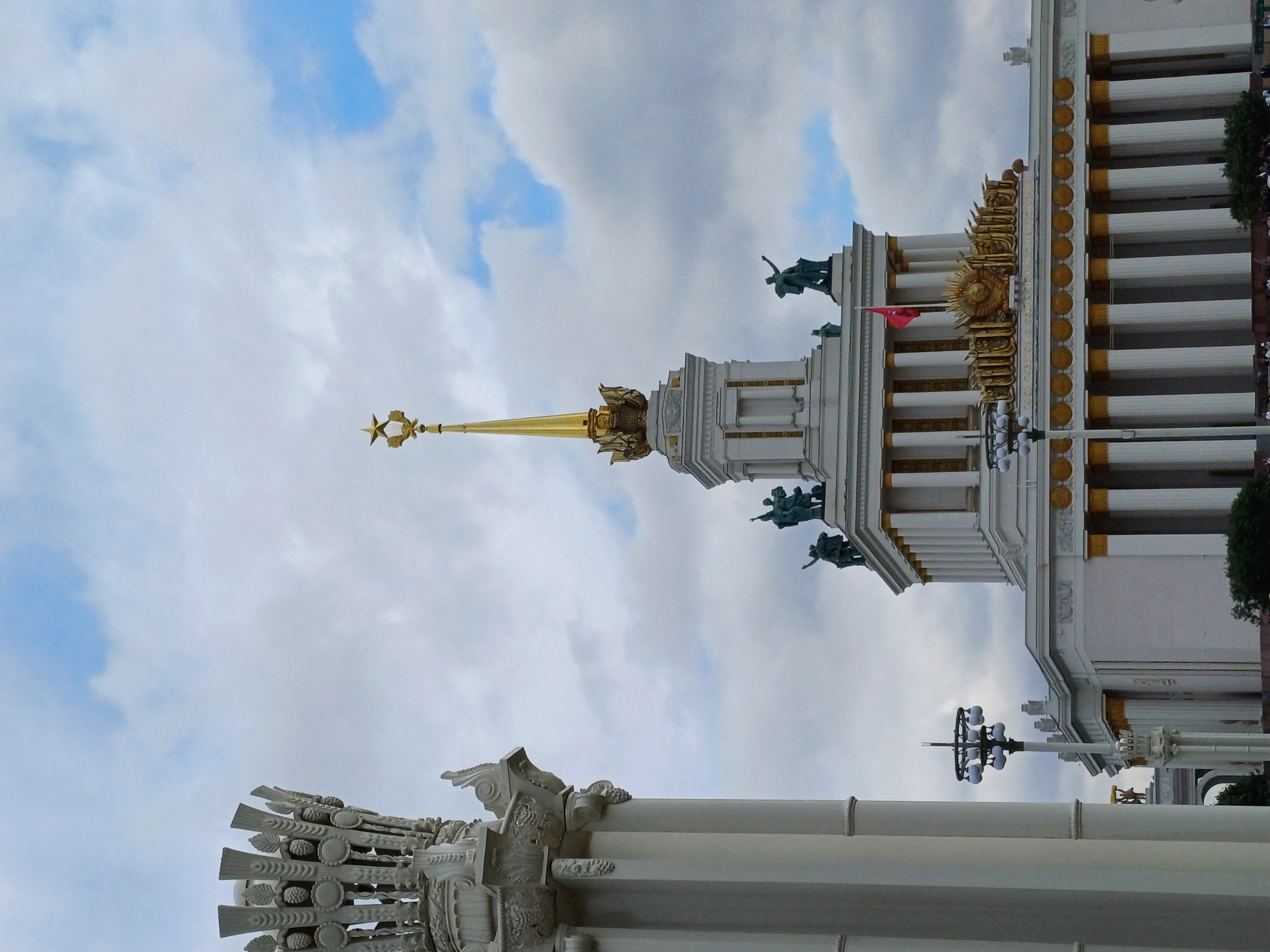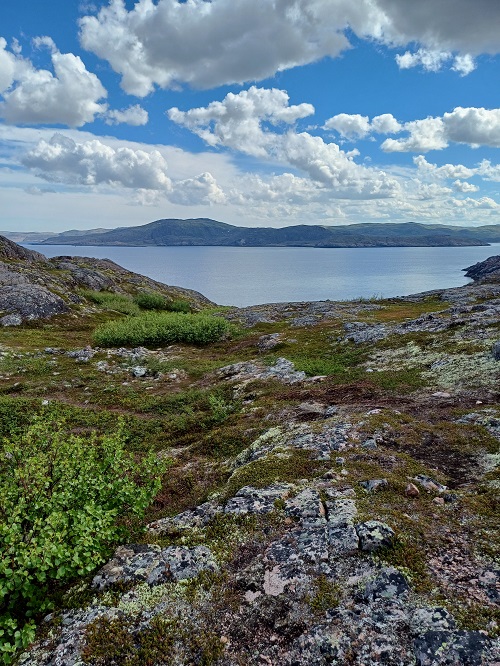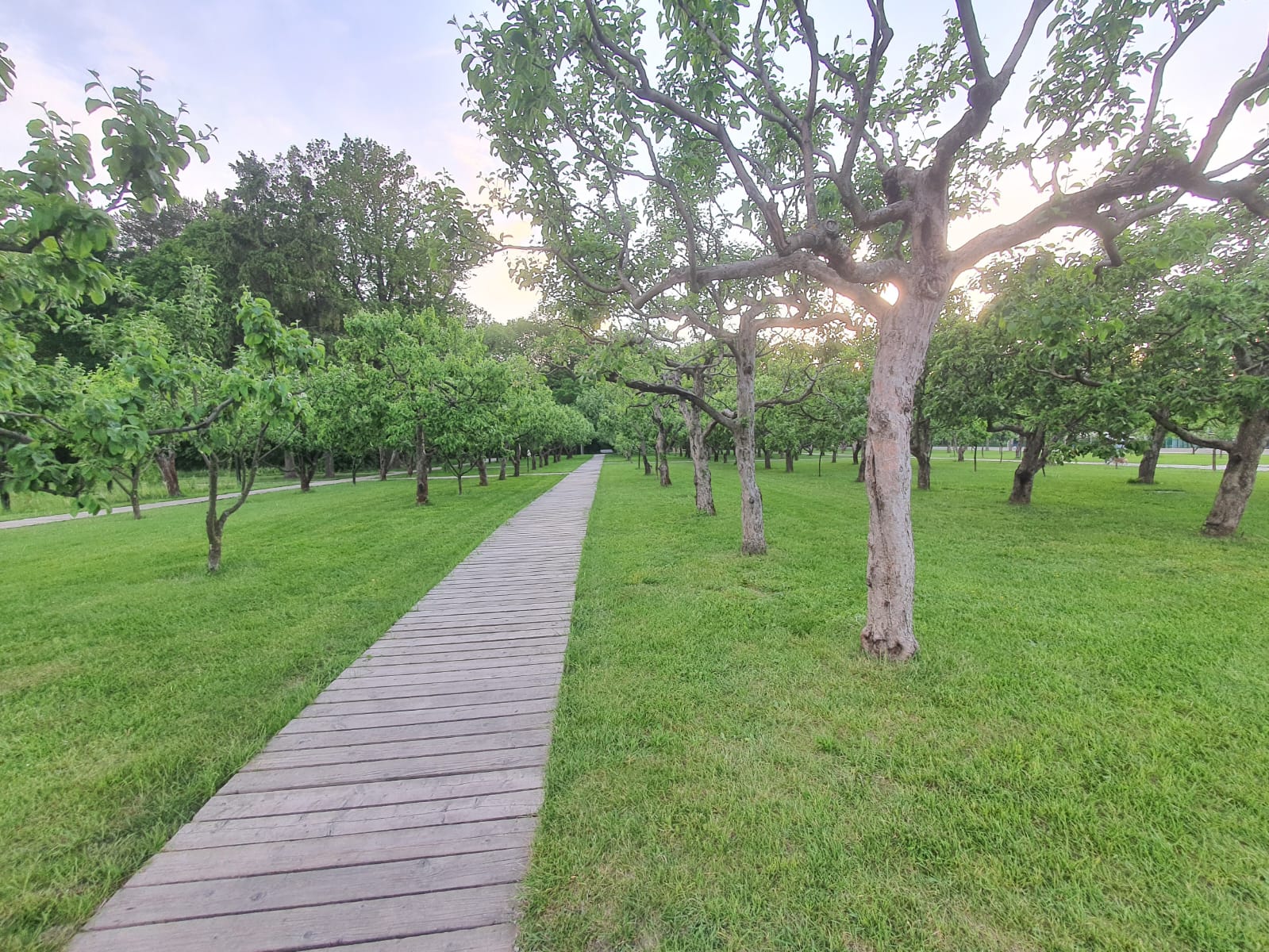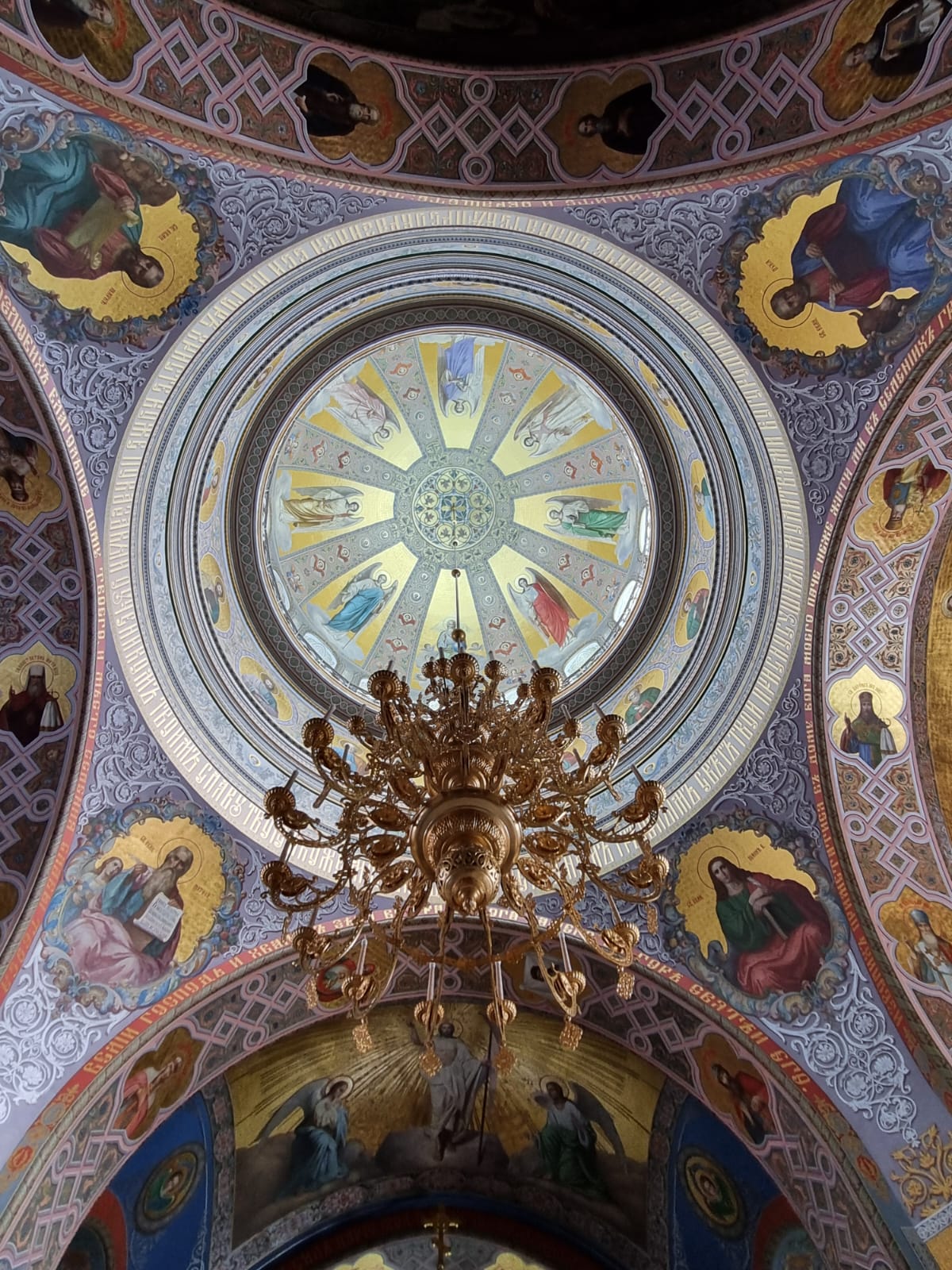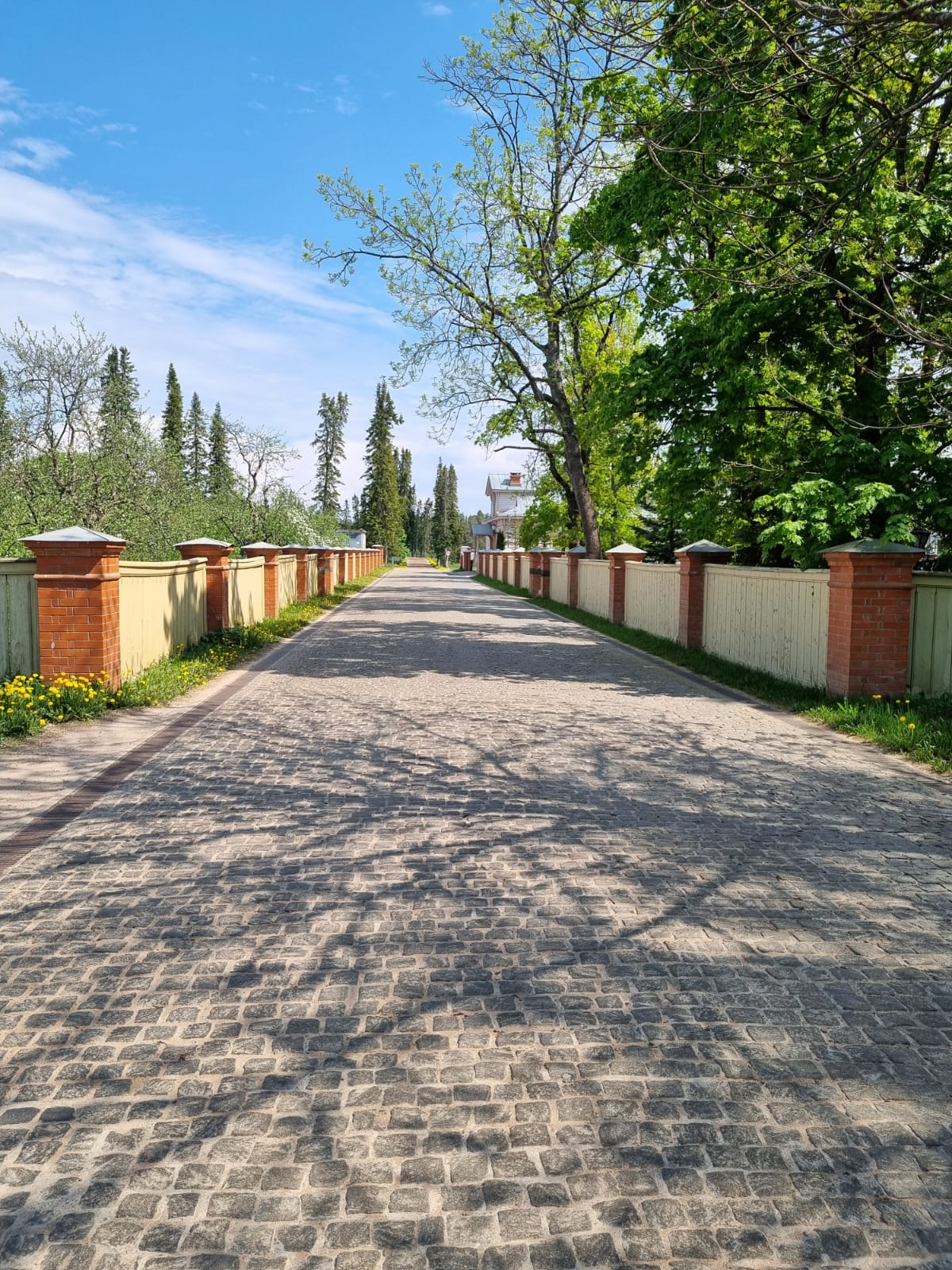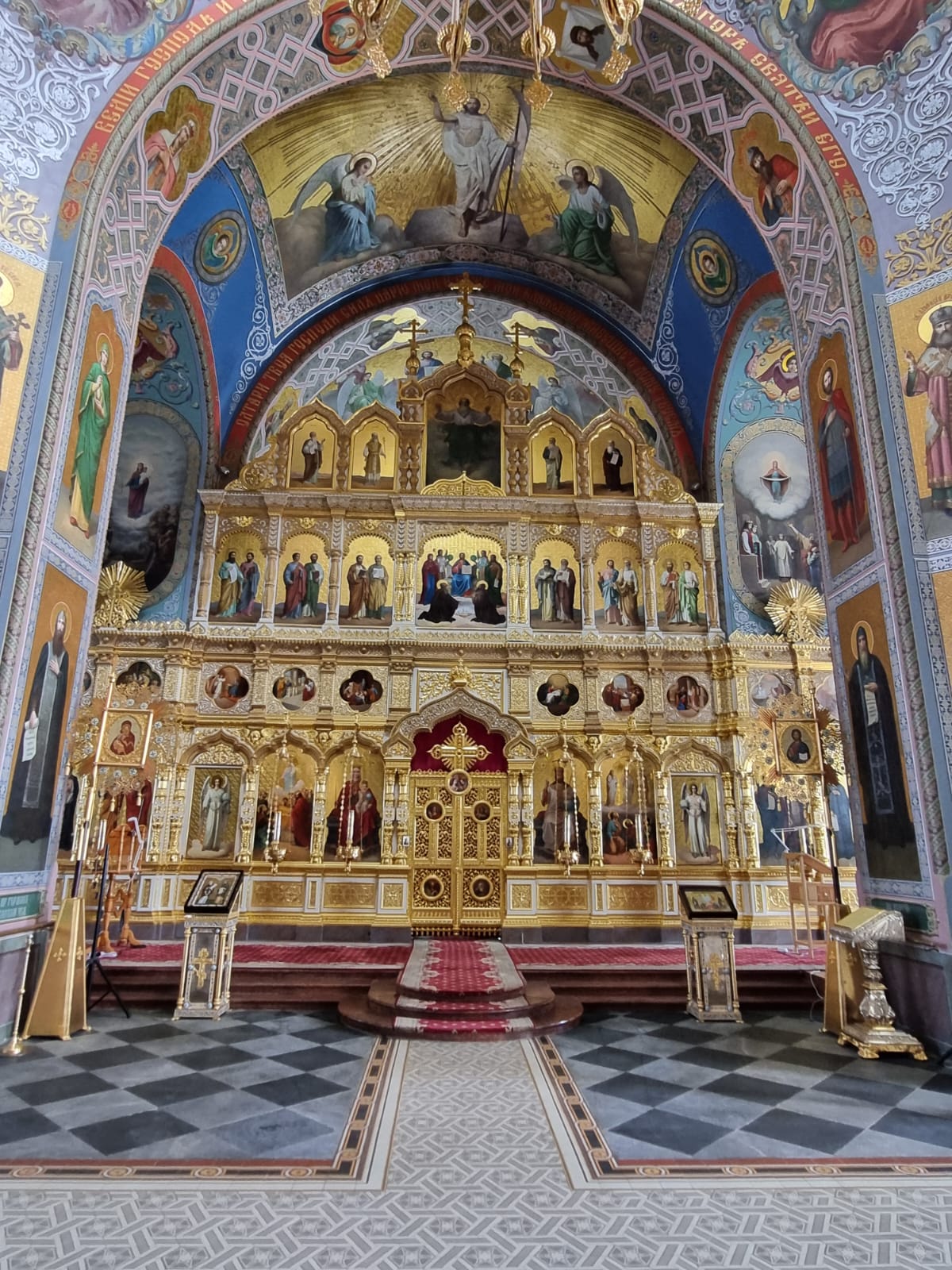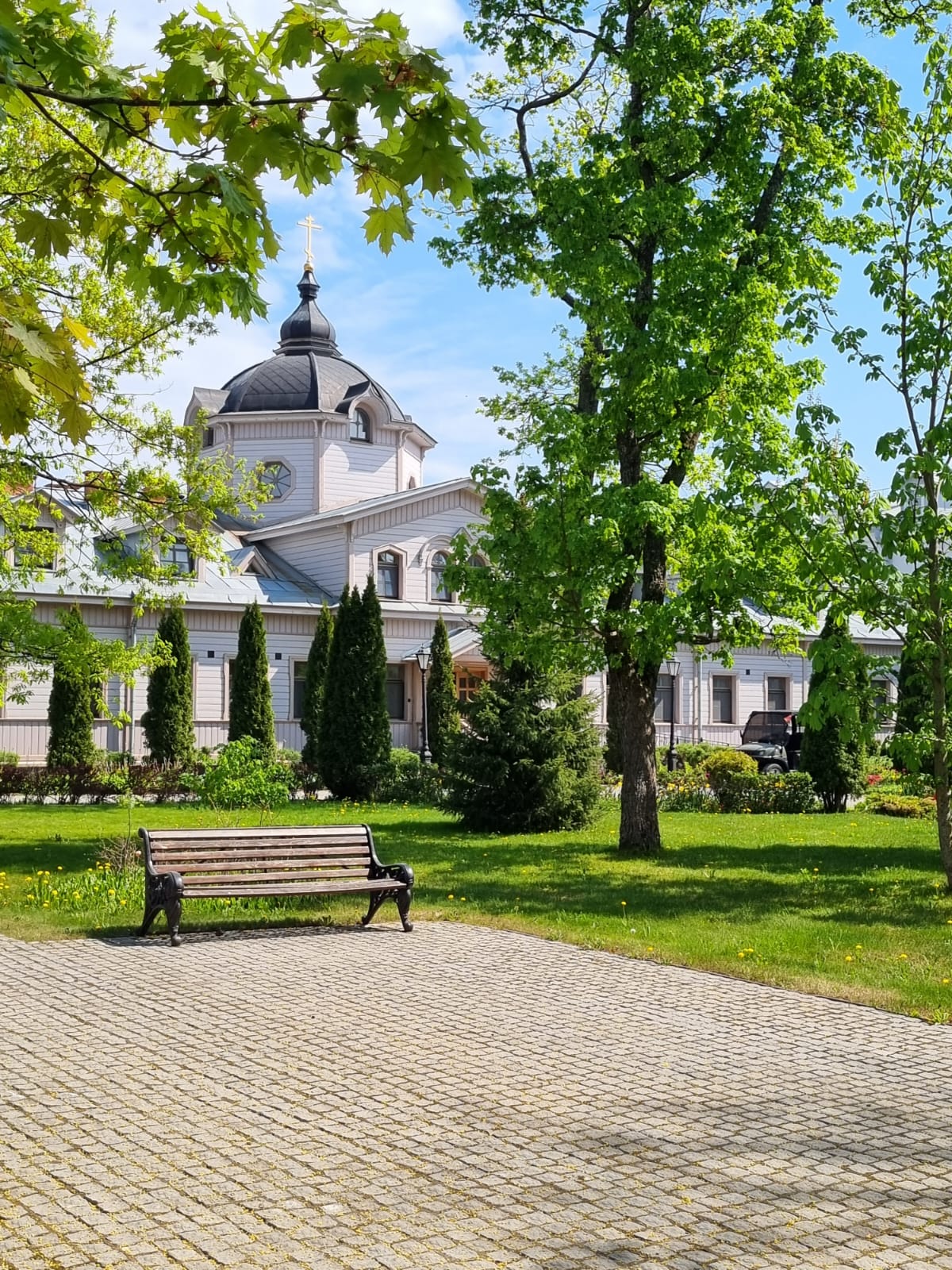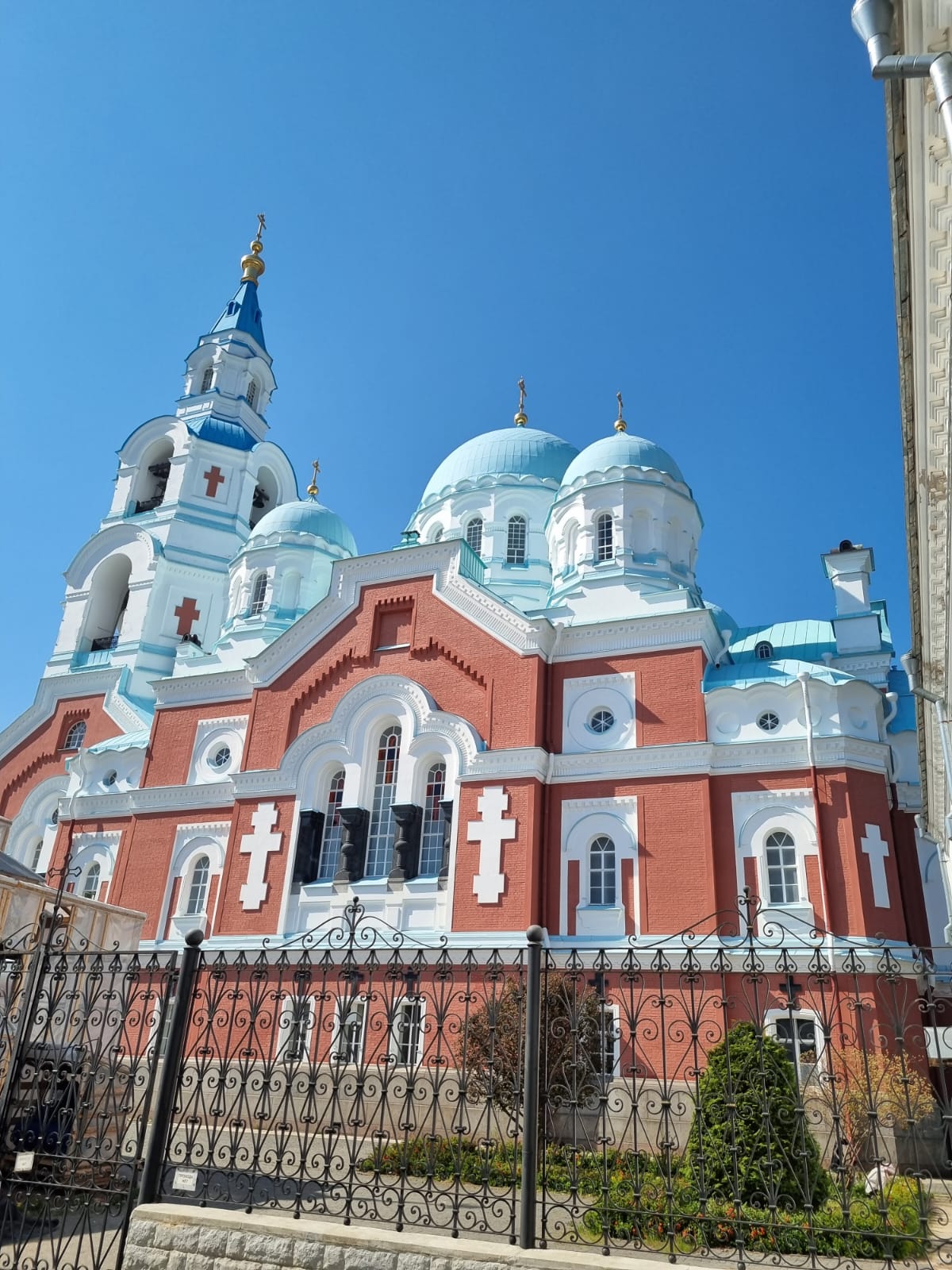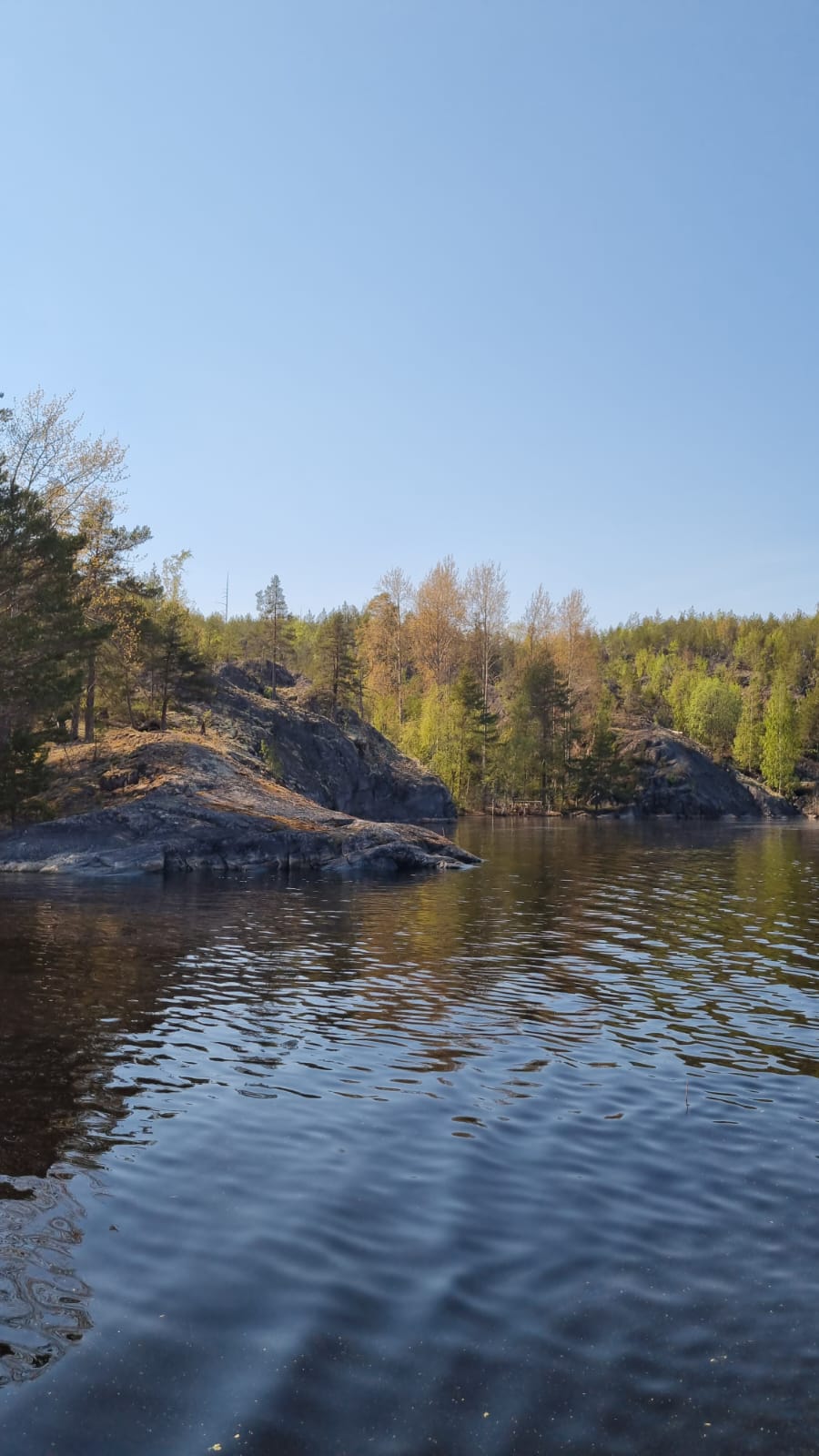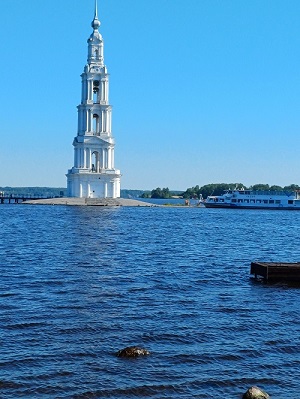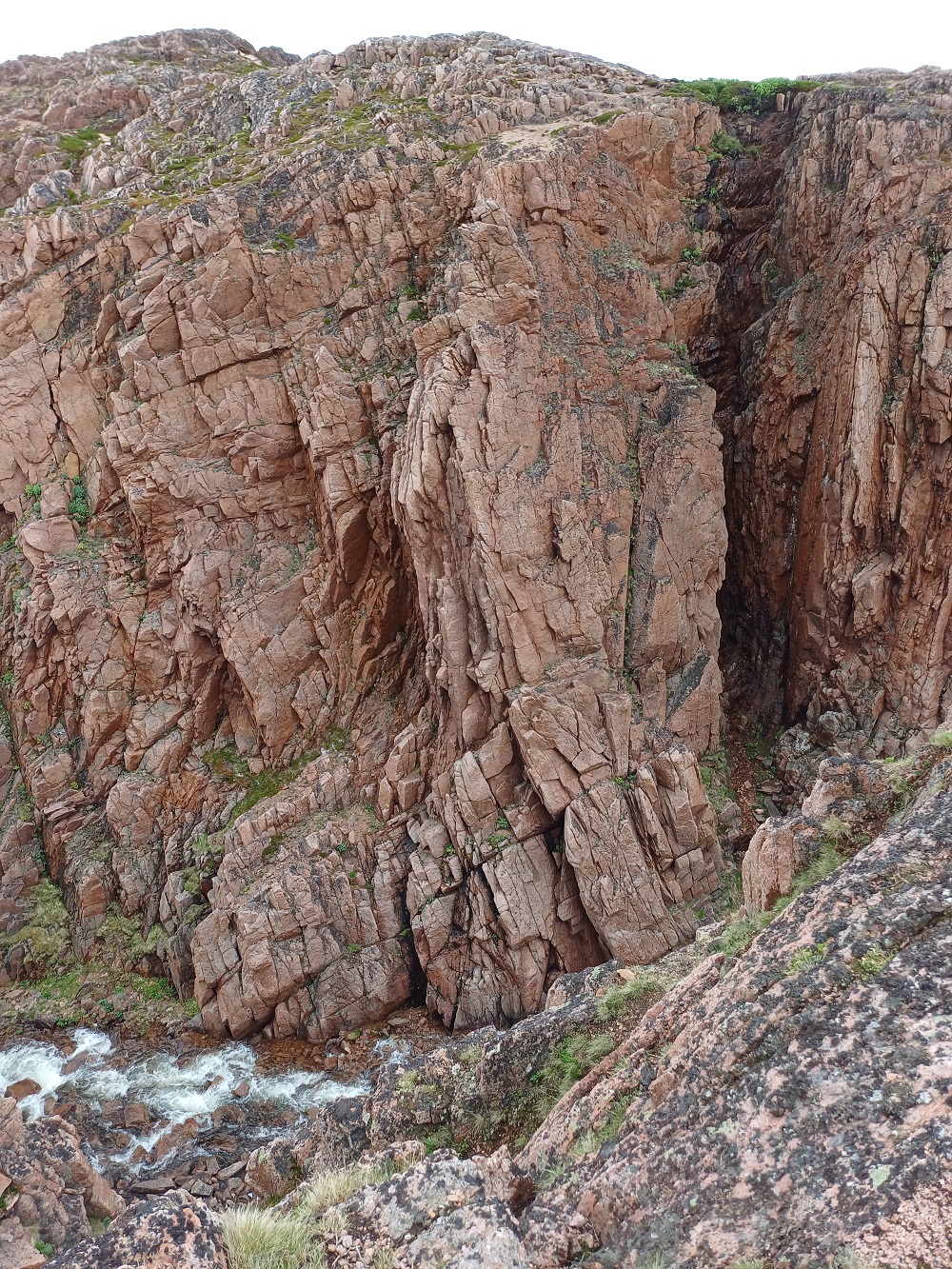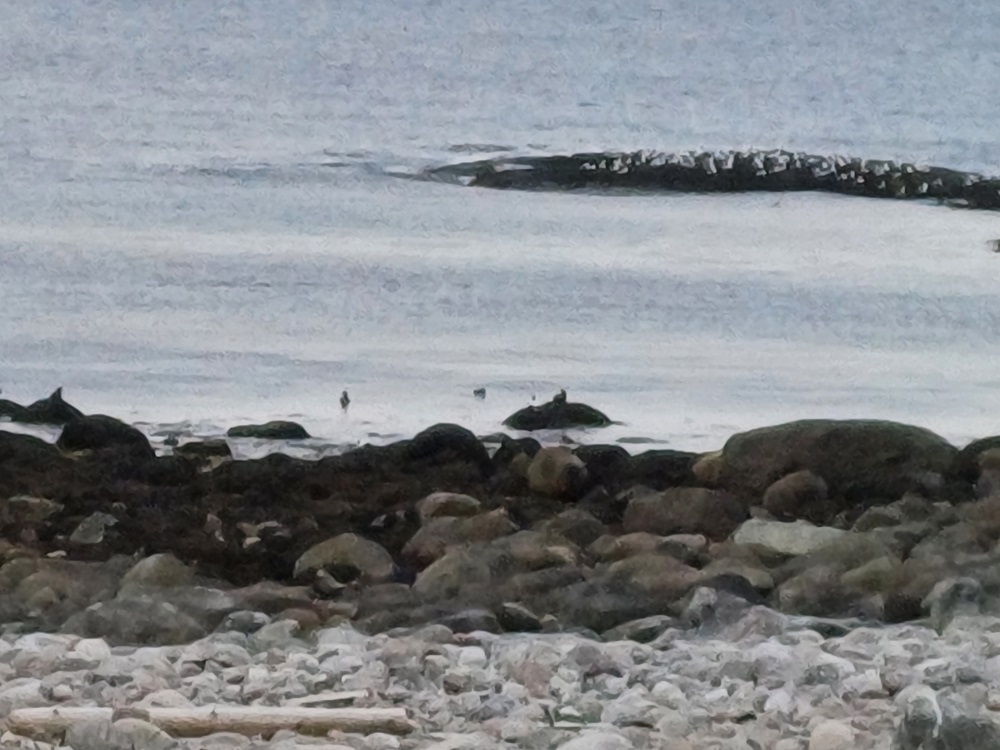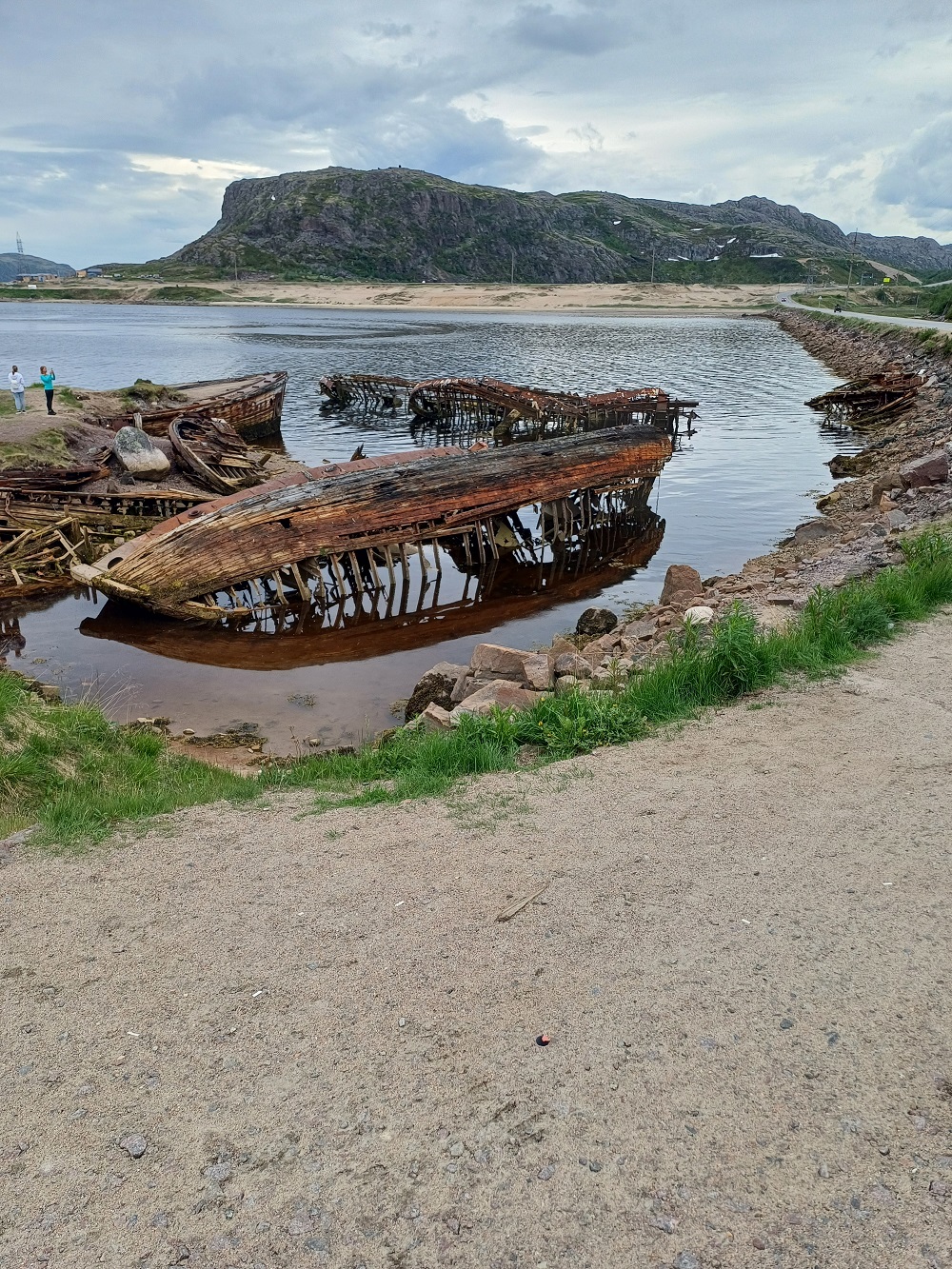Kaliningrad Oblast
Kaliningrad Oblast is a unique region located in the west of Russia between Poland and Lithuania. It is the only Russian territory that has access to the Baltic Sea, which gives it a special strategic importance. The historically established position of this region with its rich history makes it one of the most interesting objects of study for researchers of various fields. Kaliningrad Oblast is not only an economically significant region, but also has great cultural value. The main cities of the region are Kaliningrad (formerly Königsberg), Zelenogradsk, Svetlogorsk, which attract tourists with their architectural heritage and beautiful beaches. In this article, we will consider the key aspects of the development of this unique region, its economic potential, socio-cultural sphere and prospects for further development.
History of the Kaliningrad Region: from ancient times to the present day
Located on the shores of the Baltic Sea, the Kaliningrad Region has a rich history dating back thousands of years. At first, the Baltic tribes lived here, then the territory became part of the Grand Duchy of Lithuania, then Prussia. In the 19th century, the region became part of the German Empire, and in 1945 it was captured by Soviet troops. After the end of World War II, the Kaliningrad Region became part of the USSR. Today it is an economically developed region, combining traces of different cultures and historical periods.
Geography and natural features of the Kaliningrad region
The Kaliningrad region is located in the west of Russia and is the only region of the country that borders Lithuania and Poland, and also has access to the Baltic Sea. The region is washed by the waters of the Curonian Lagoon, which makes it one of the westernmost regions of Russia surrounded by water. The climate in the Kaliningrad region is moderately maritime, with mild winters and cool summers. Seashores, forests, lakes and rivers flourish here, creating a unique natural environment. A special feature of the region is the cultural heritage associated with the history of Prussia and Germany, which left its mark on the architecture and customs of the local population. All this makes the Kaliningrad region a unique and interesting region of Russia.
Economy and industry of the region
The Kaliningrad region is a unique region of Russia, isolated from the rest of the country. Its economy and industry have a number of features that determine its development. The region is home to seaports that play an important role in international trade. Agriculture, forestry and production of building materials are also developed here. Tourism is also important for the region's economy. However, due to its geographical location, the region has faced some economic challenges, including high transportation costs and dependence on imported goods. In general, the economy of the Kaliningrad region has potential for development and investment.
Cultural heritage and attractions of the Kaliningrad region
The Kaliningrad region is rich in cultural heritage and attractions that reflect its history and cultural diversity. One of the striking symbols of the region is the Kagan Cathedral, a unique combination of Gothic and Romanesque styles. Another significant site is the Immanuel Kant Baltic Federal University, which is one of the oldest in Russia. The region also boasts many museums, parks and architectural monuments, each telling its own unique story about the cultural heritage of the Kaliningrad region.
Modern Challenges and Development Prospects for the Region
In modern conditions, the Kaliningrad region faces a number of challenges that require attention and solutions at the state level. One of them is the limited access to mainland Russia, which creates difficulties for economic development and interaction with other regions. An important aspect is also the preservation of the unique cultural and historical identity of the region, while ensuring its harmonious integration into the national context. At the same time, there are prospects for the development of infrastructure, the tourism sector and agriculture, which can contribute to the sustainable and sustainable growth of the region. The implementation of effective regional development strategies and the attraction of investments also play an important role in creating a favorable environment for life and business in the Kaliningrad region. All these aspects require a comprehensive and targeted approach to maximise the region's potential and ensure its sustainable development in the future.


